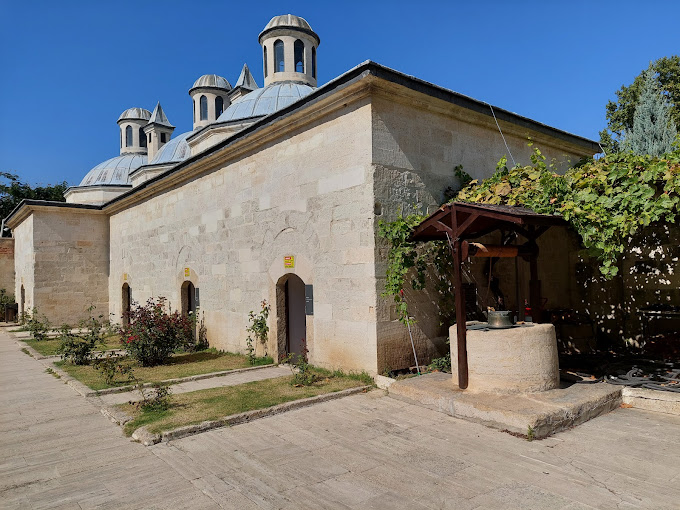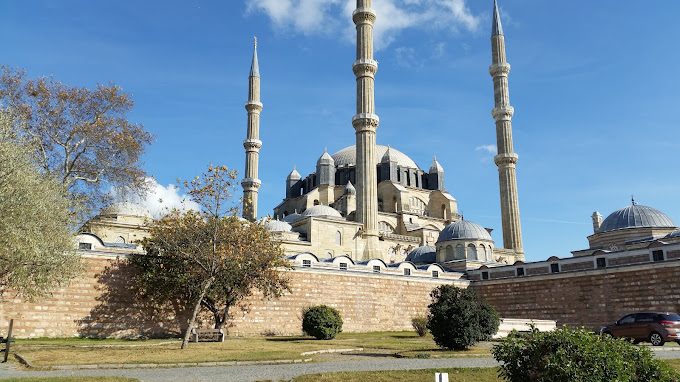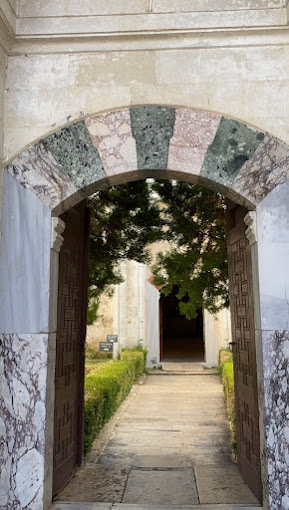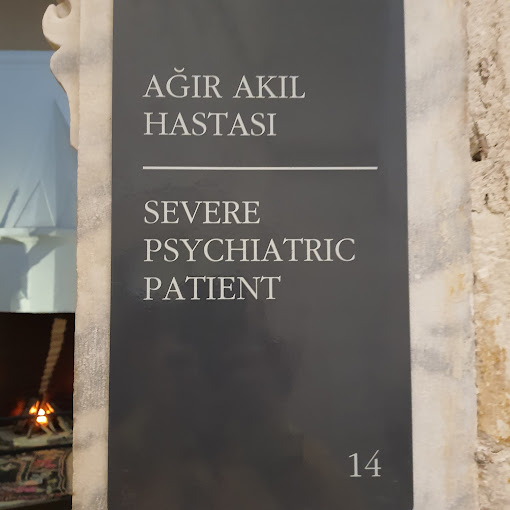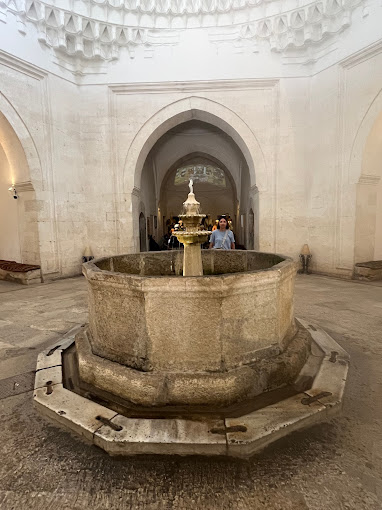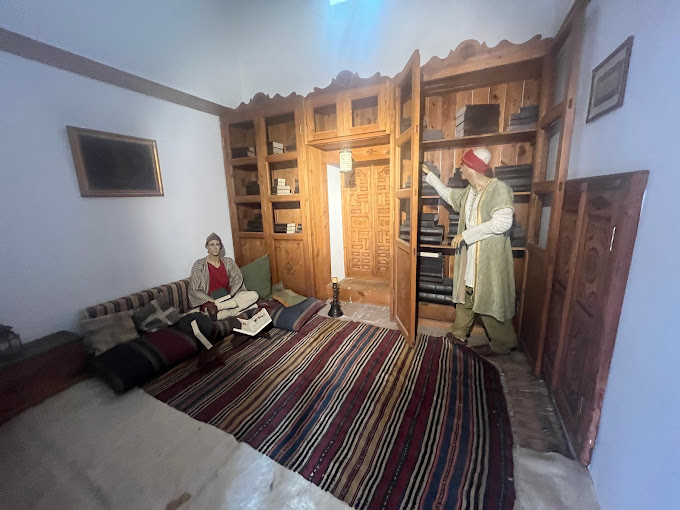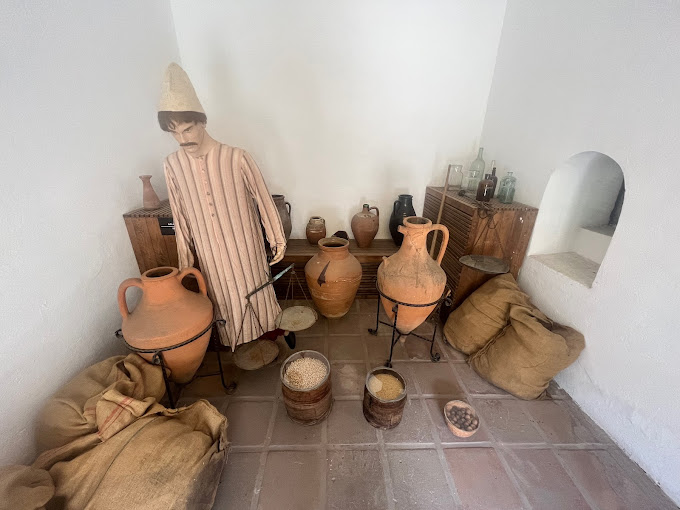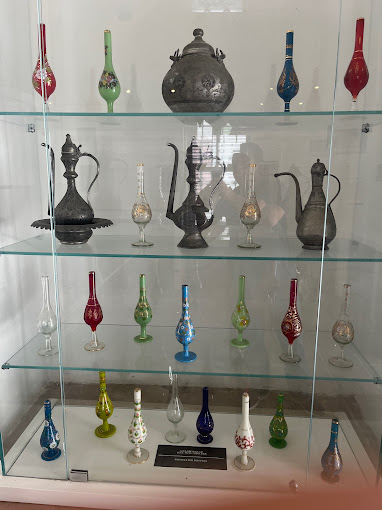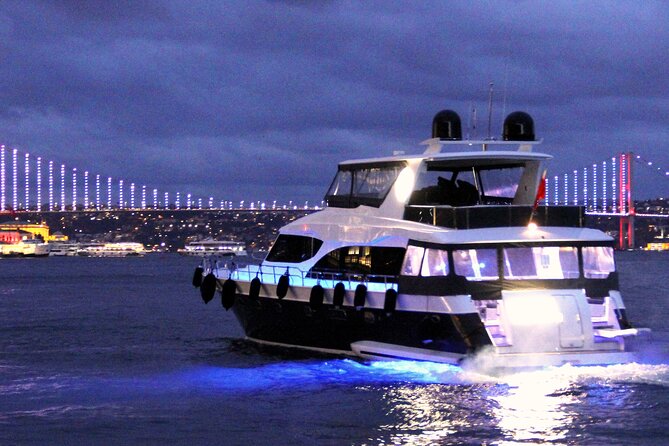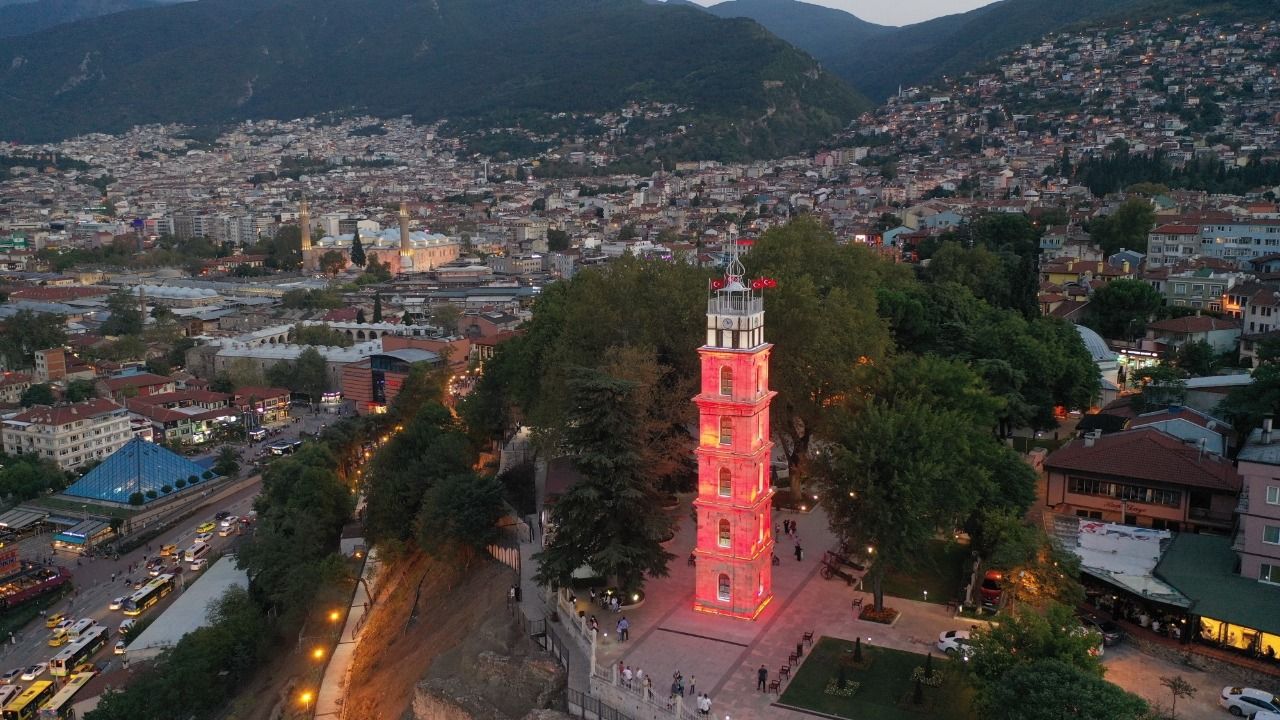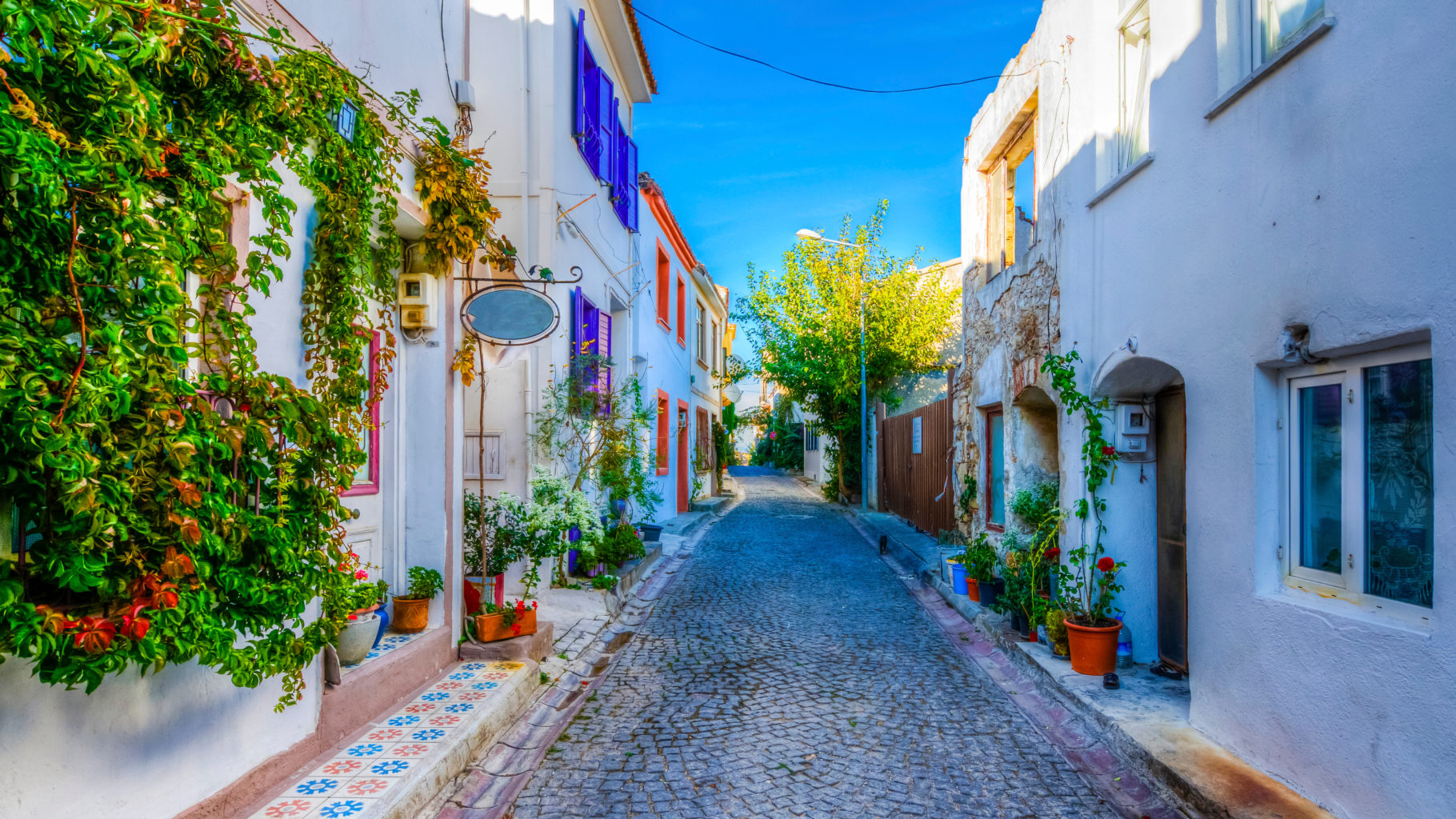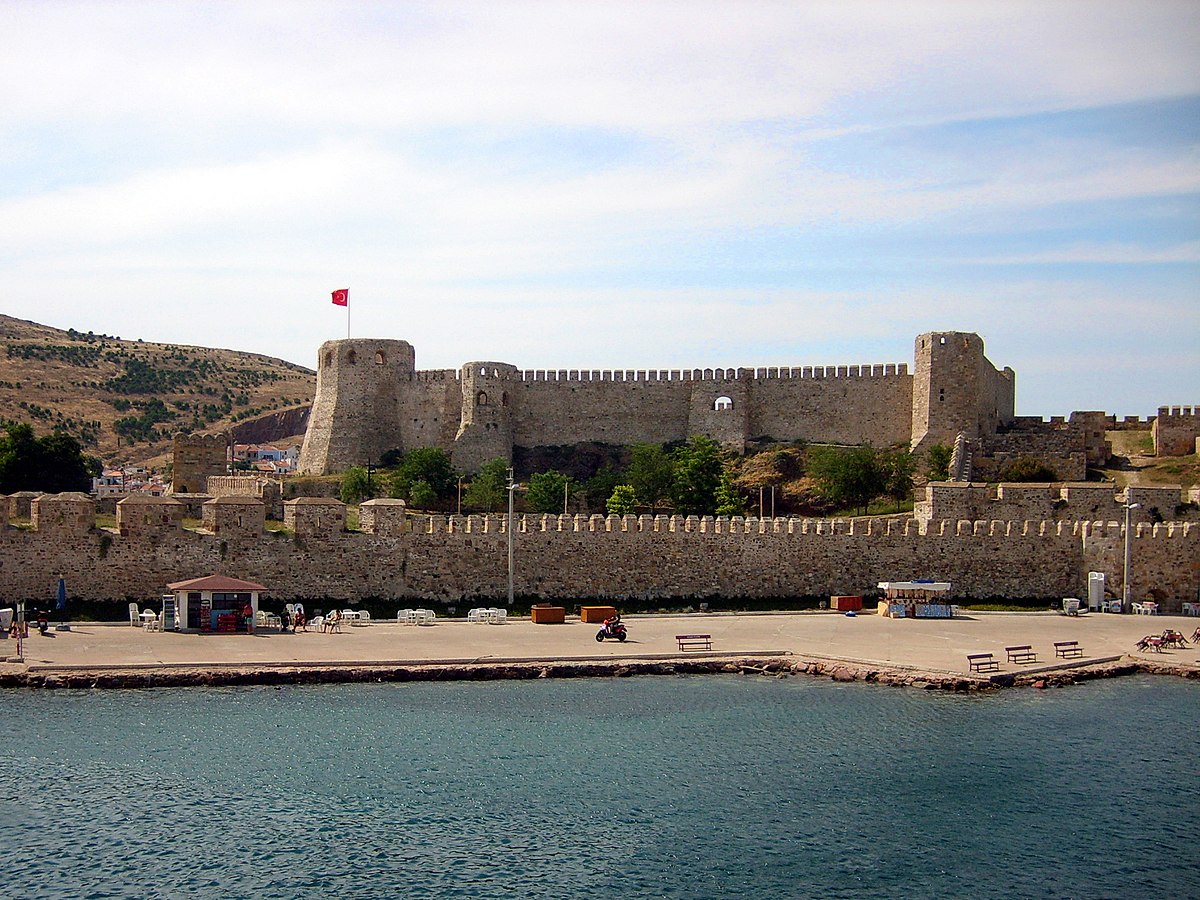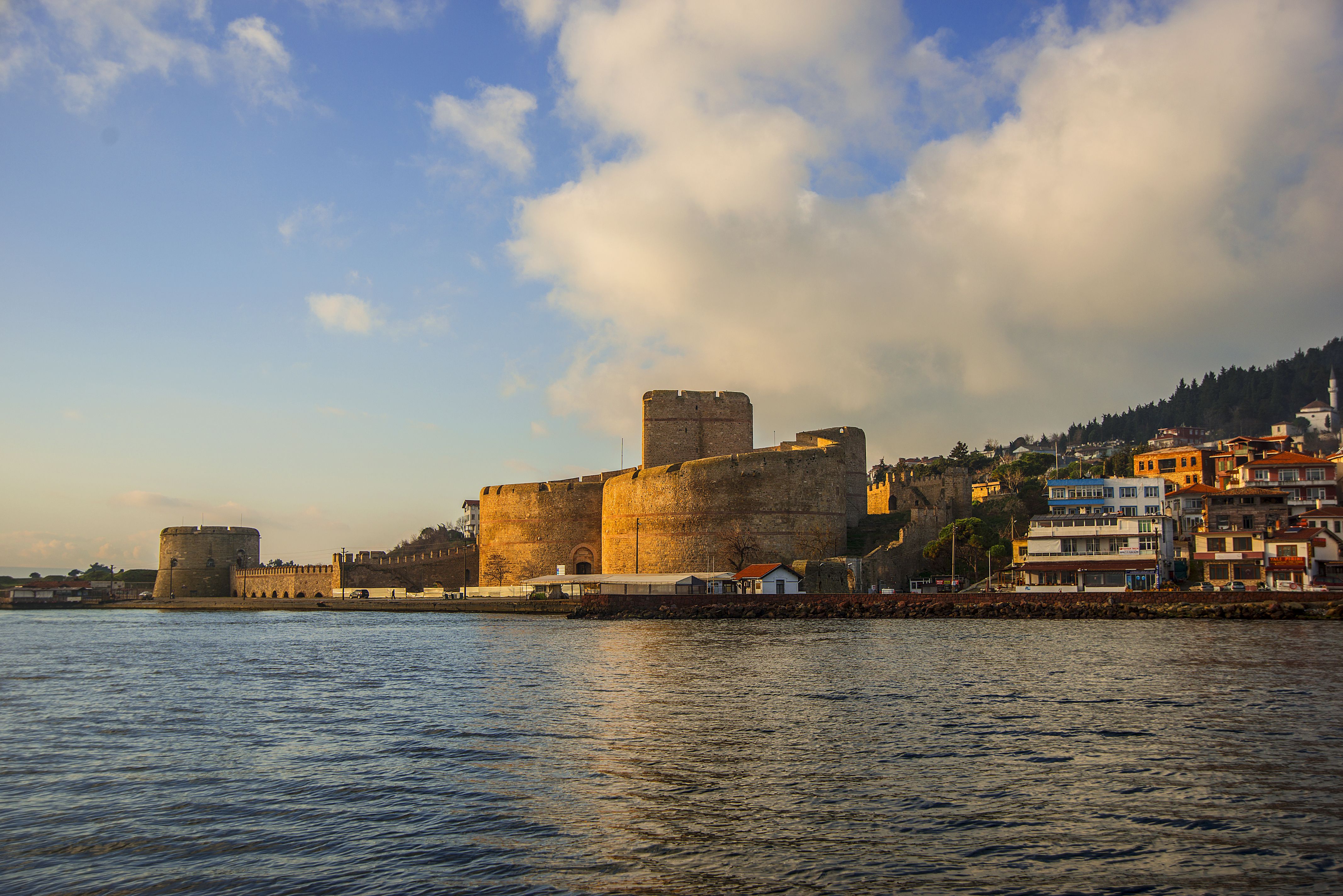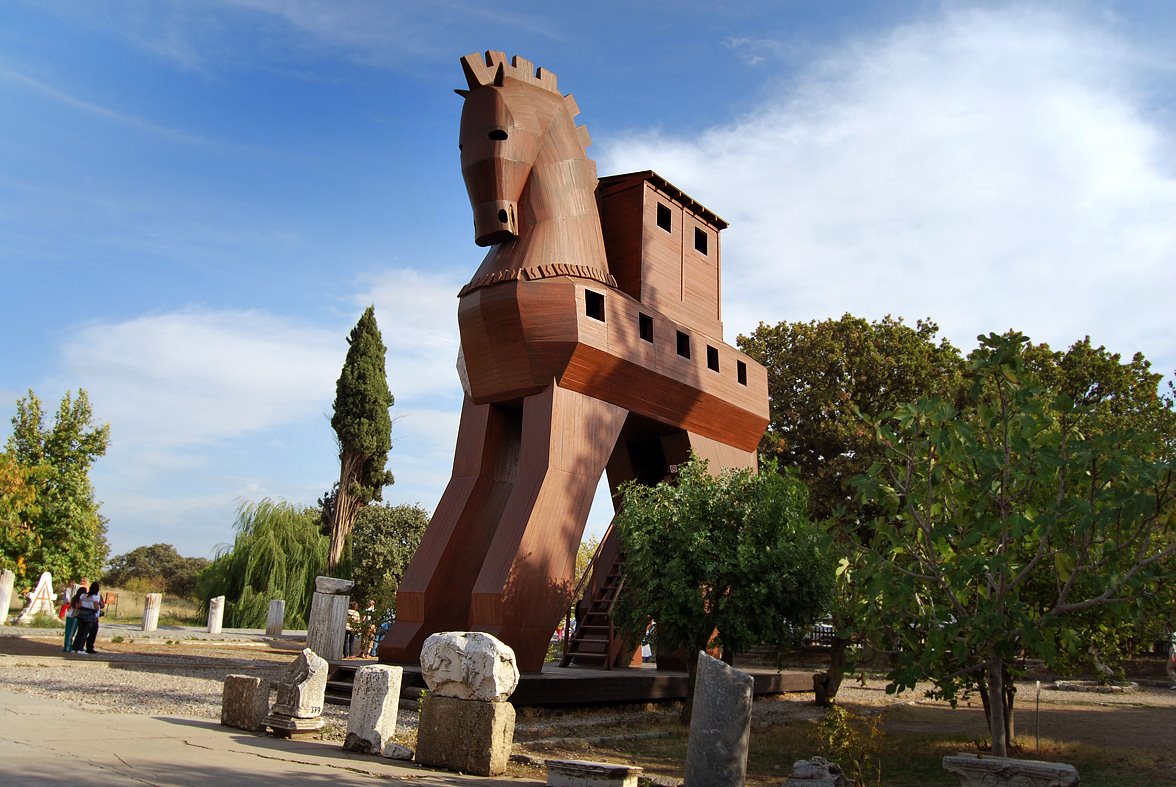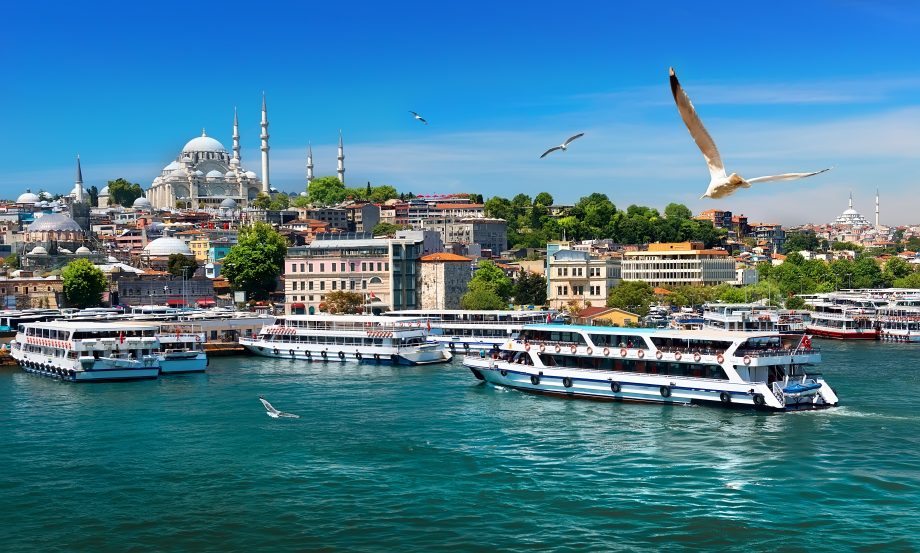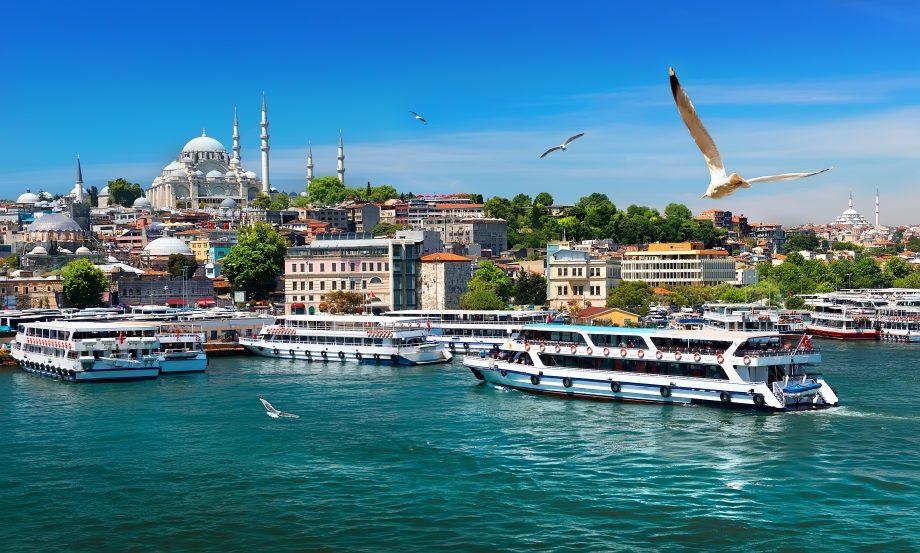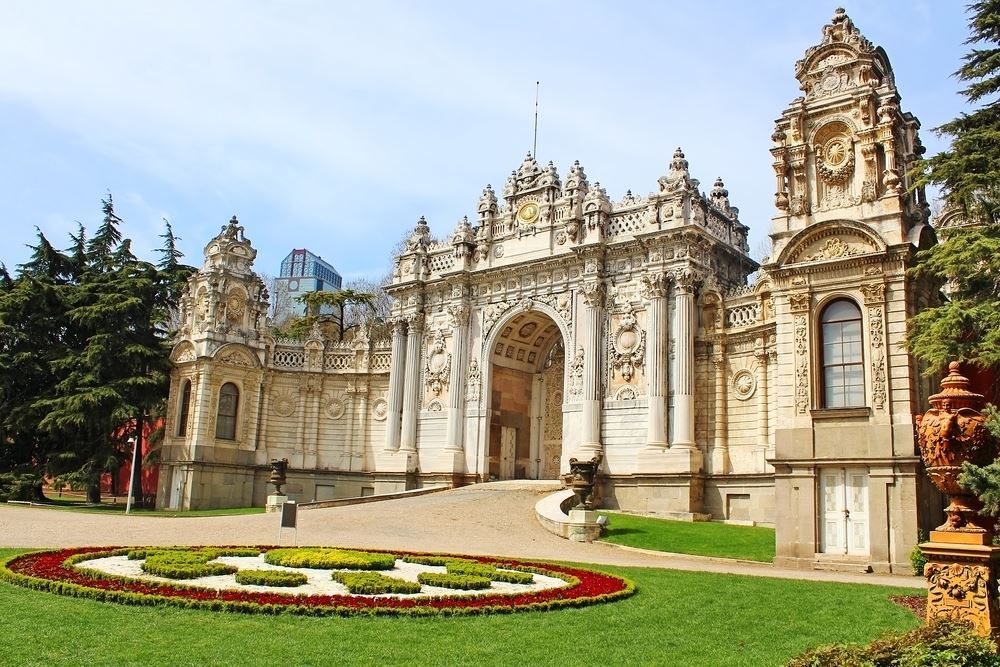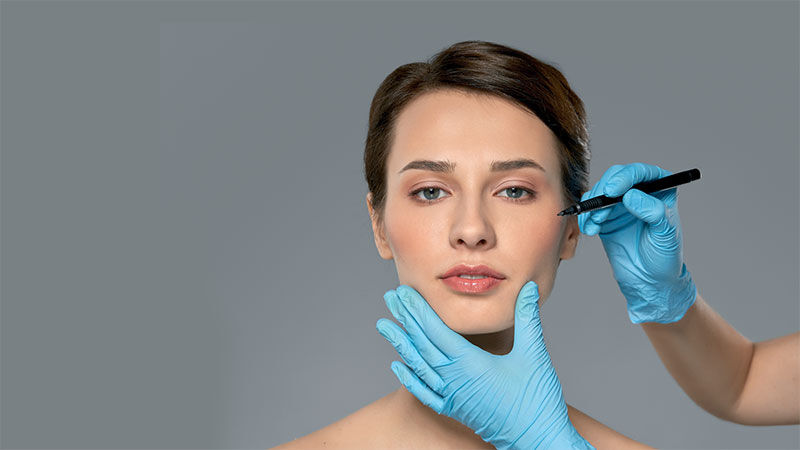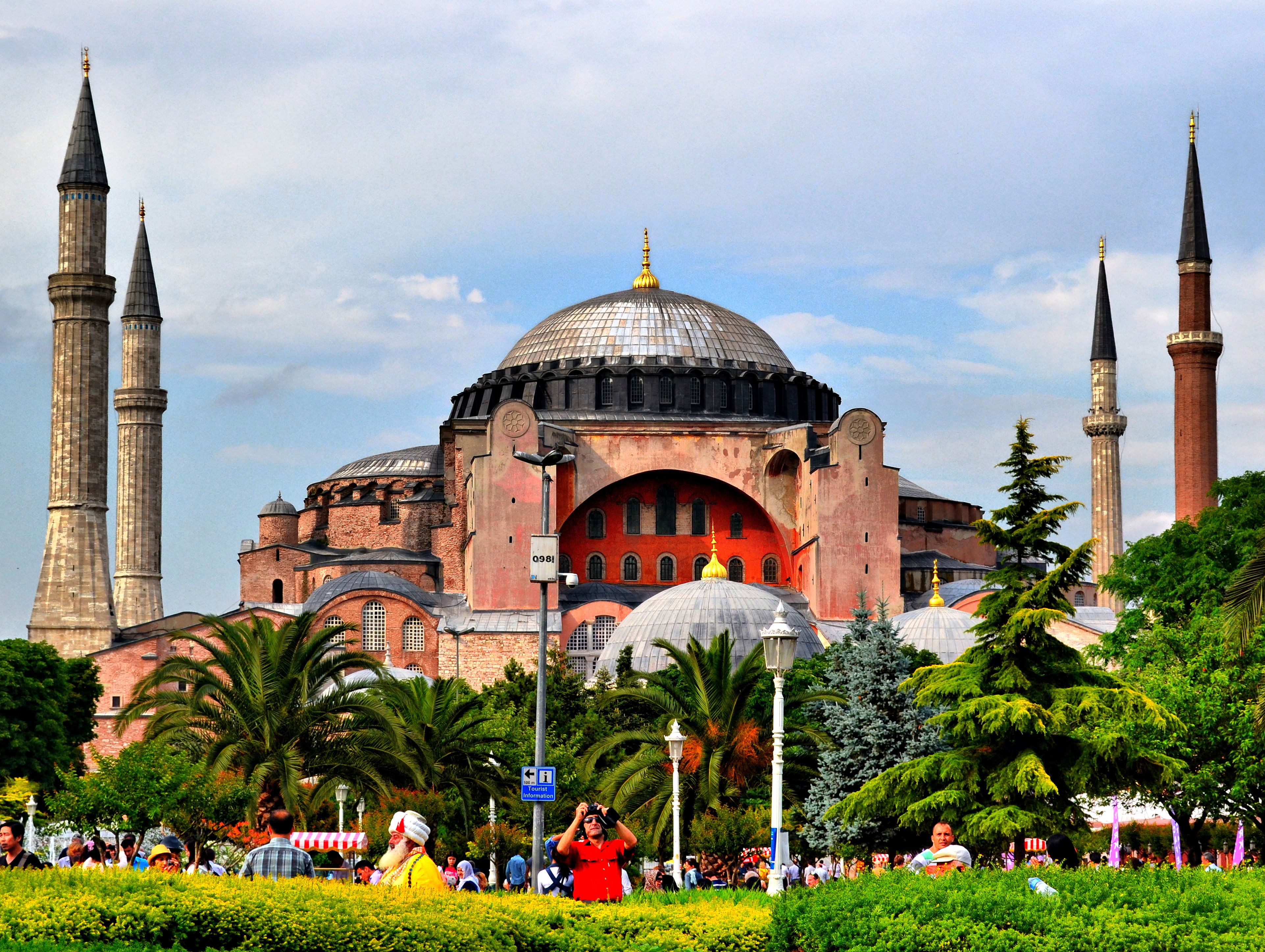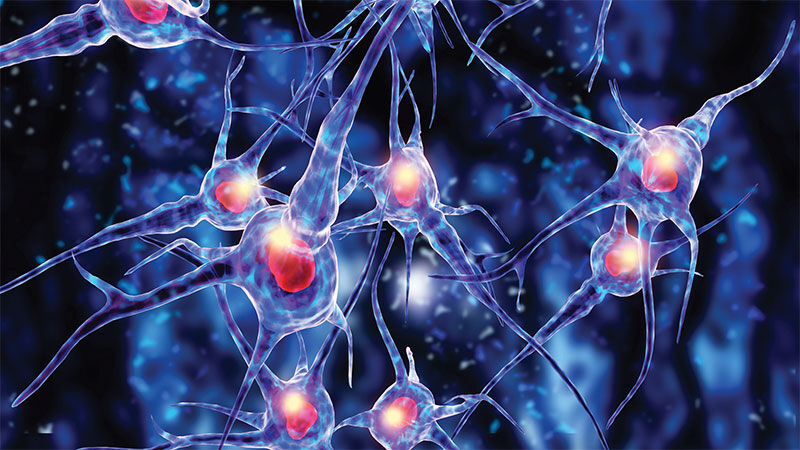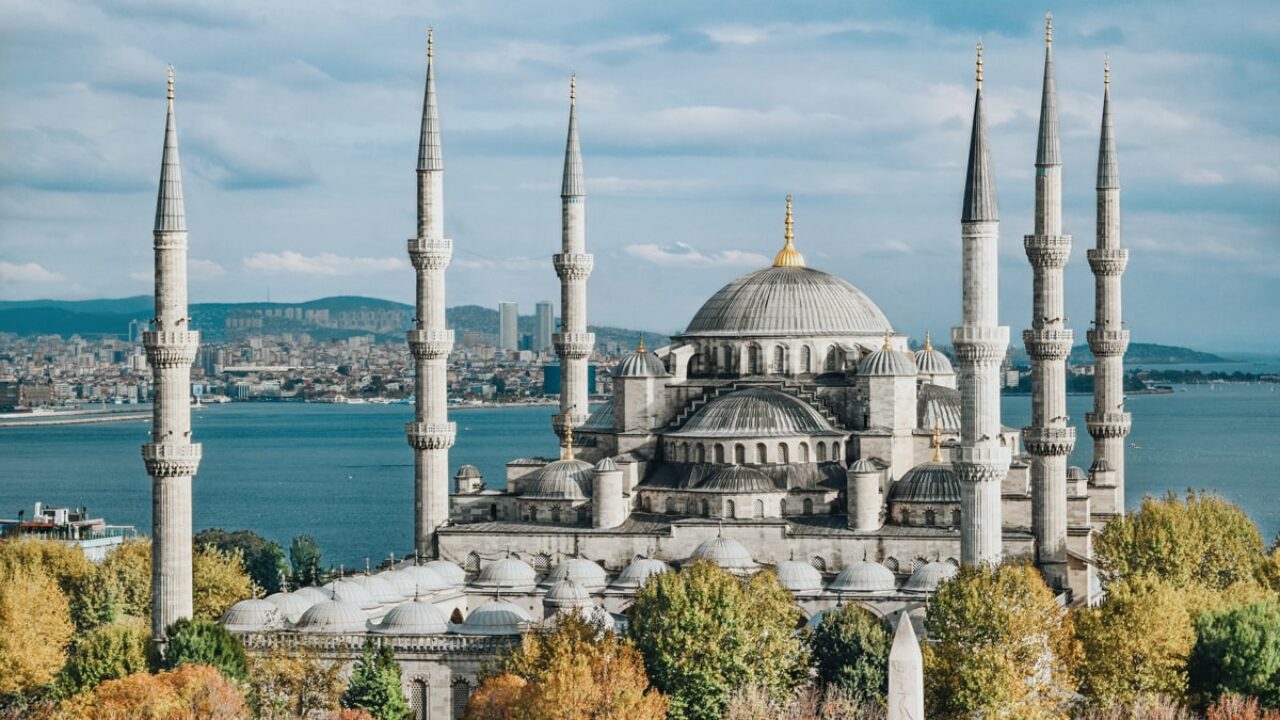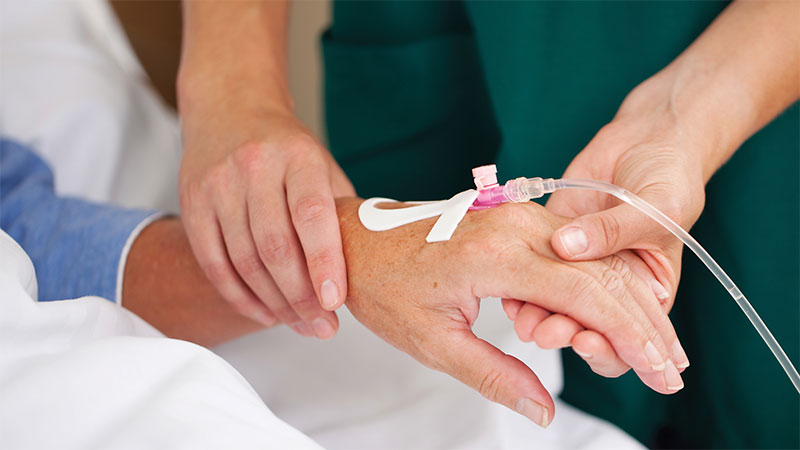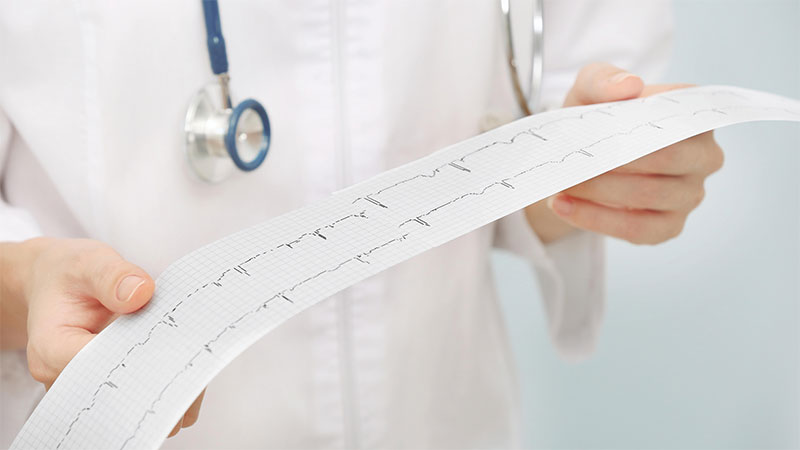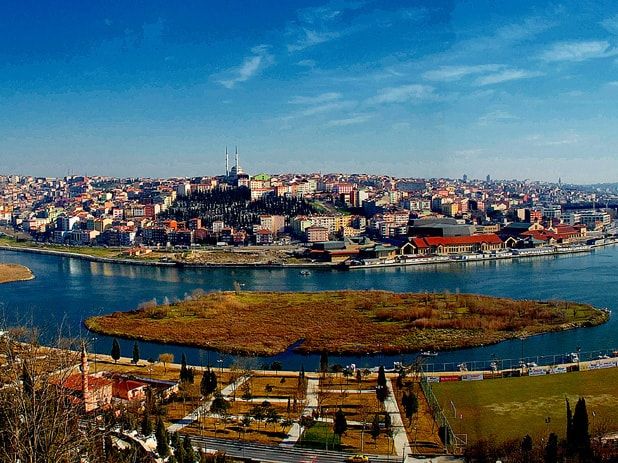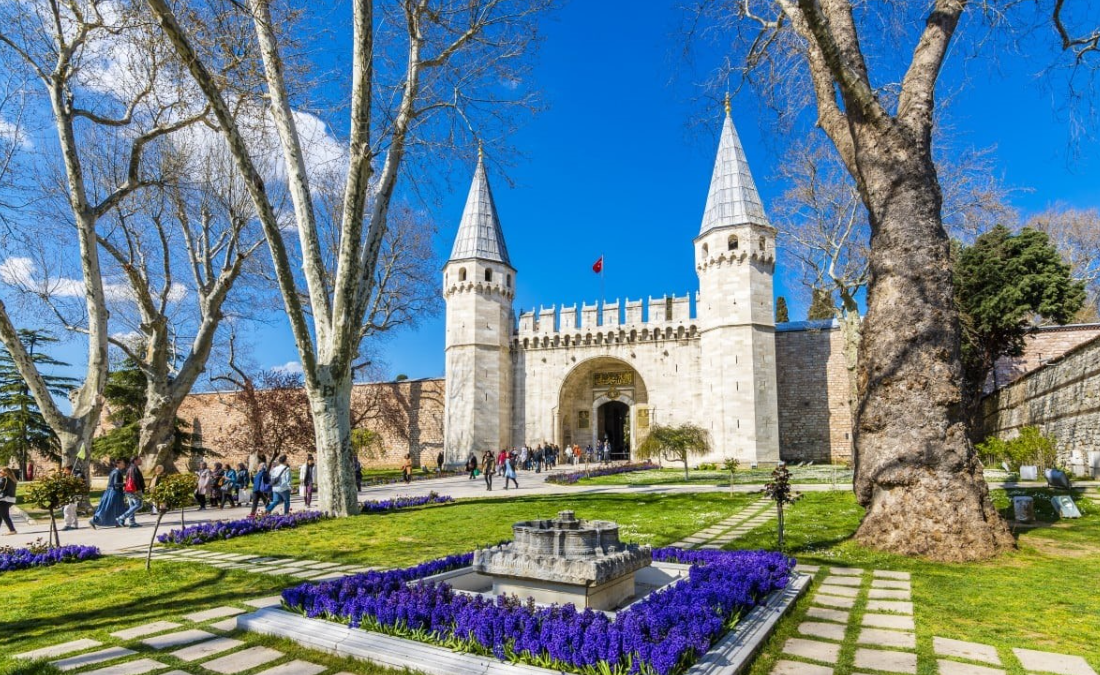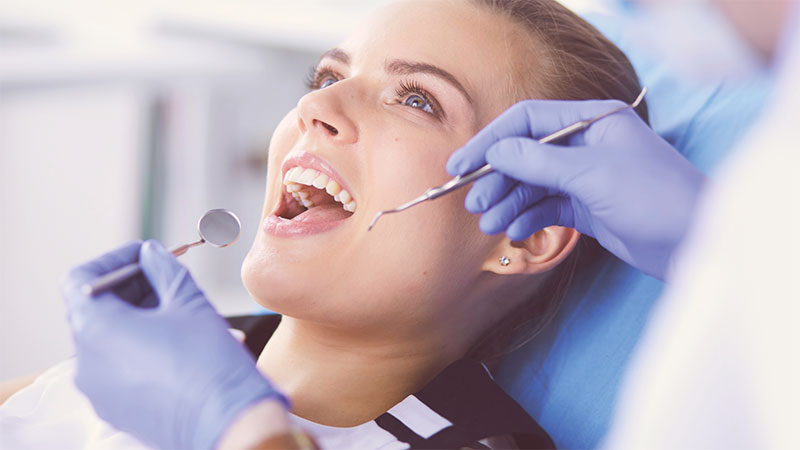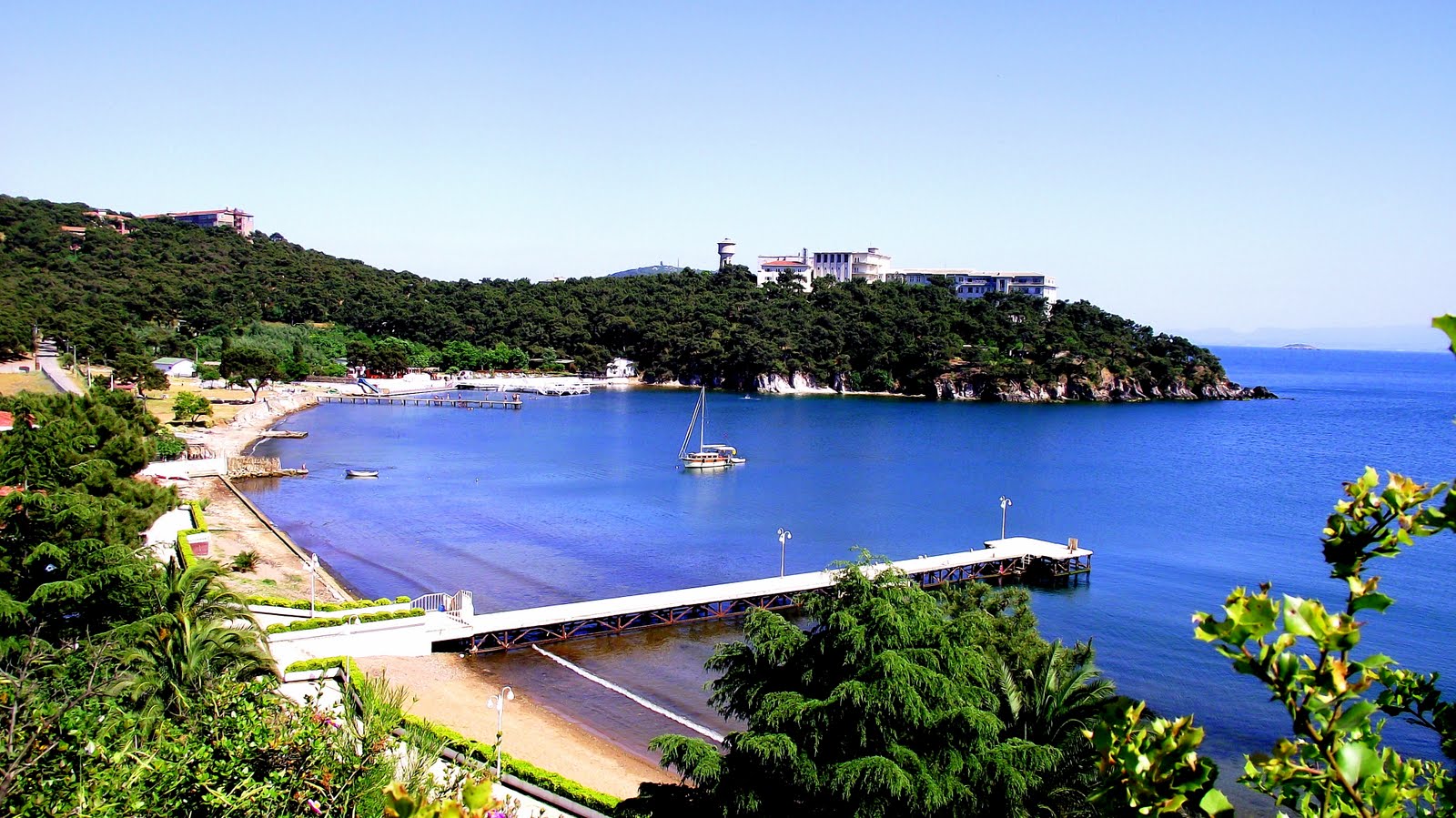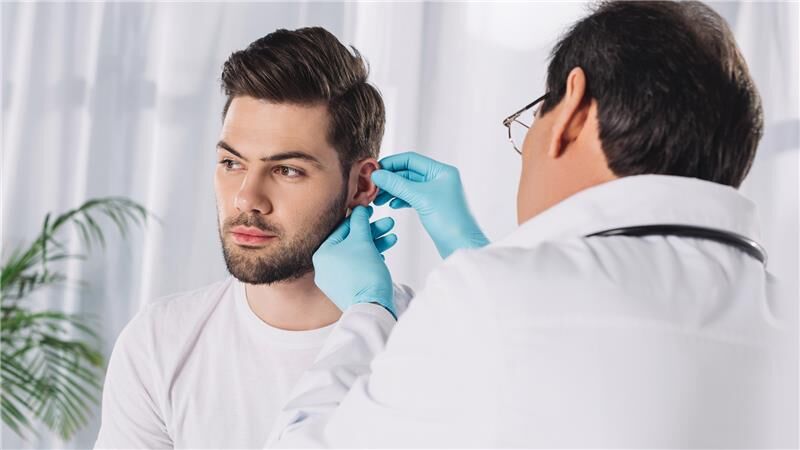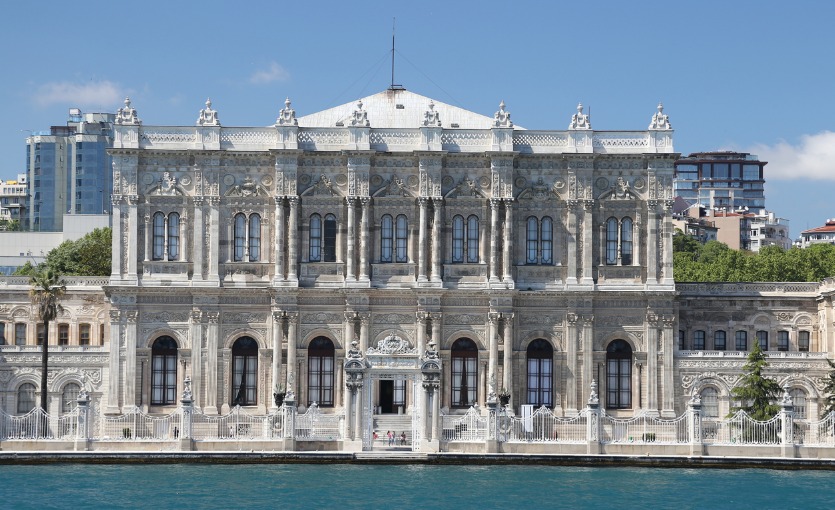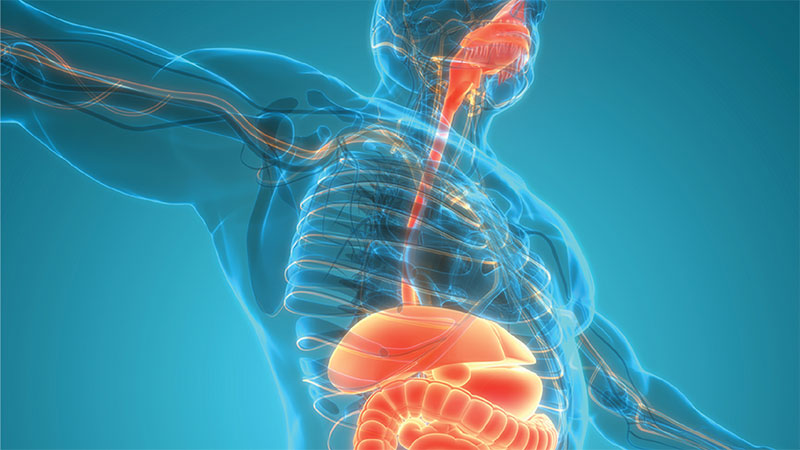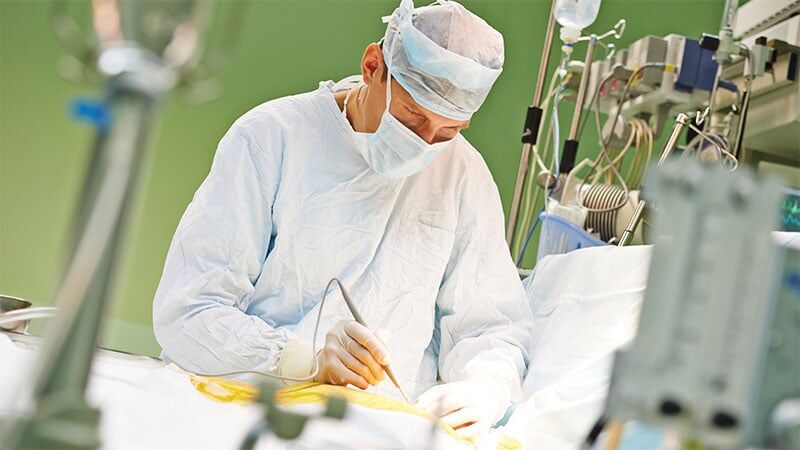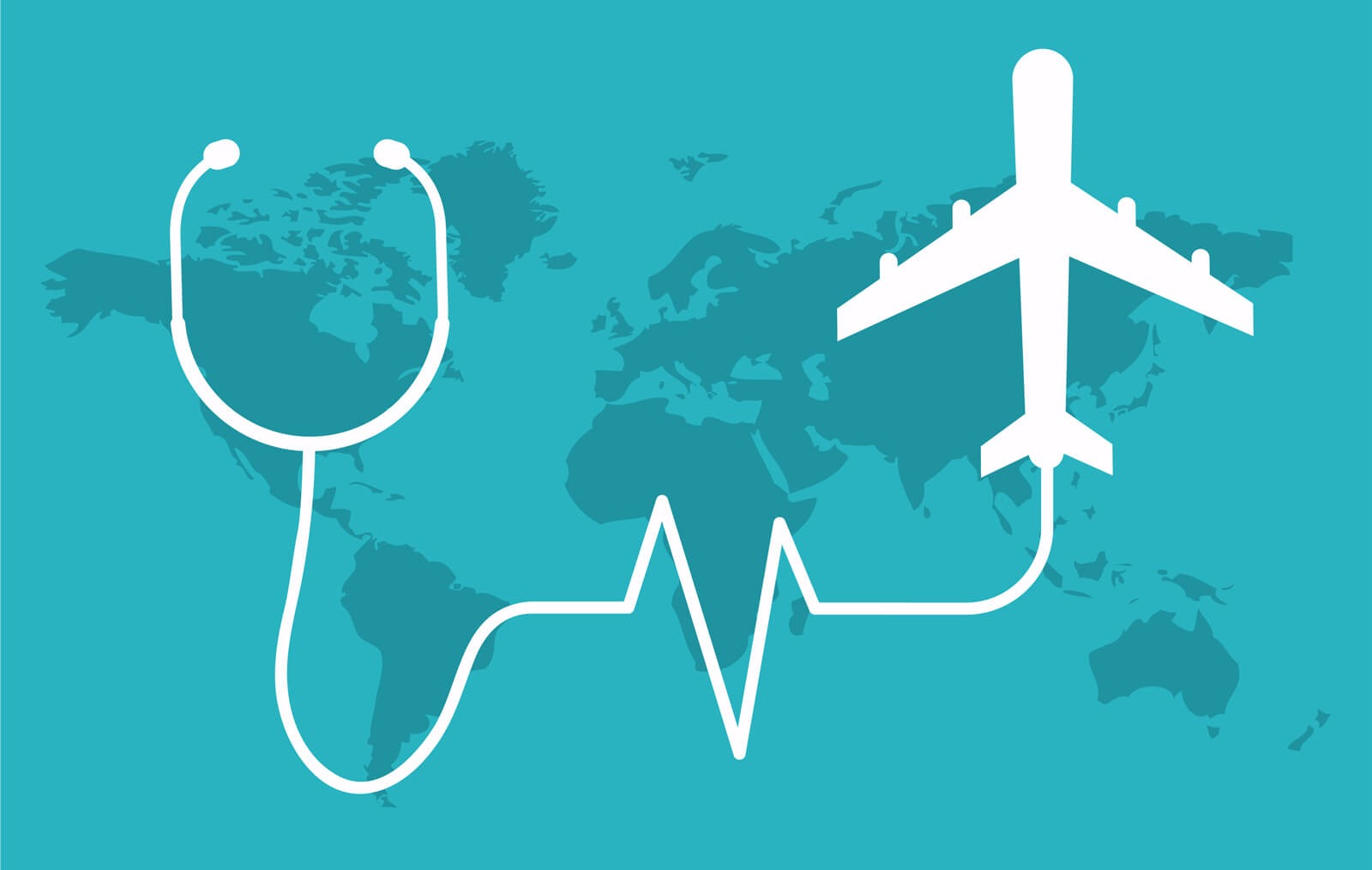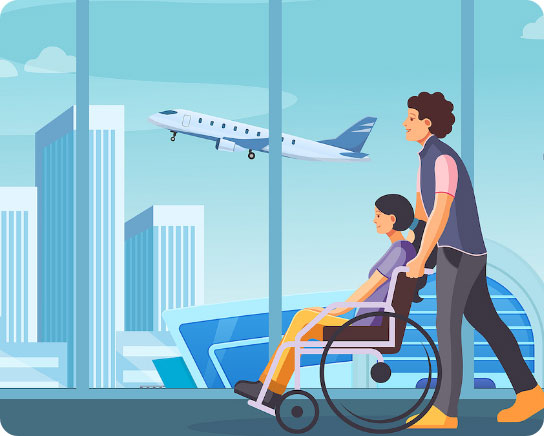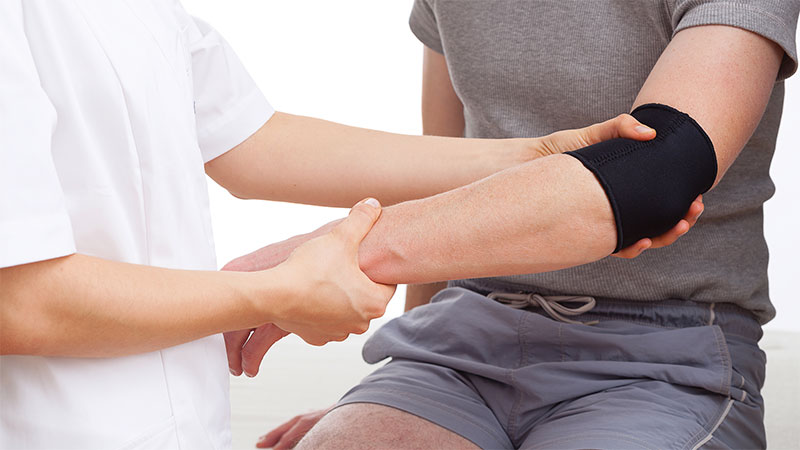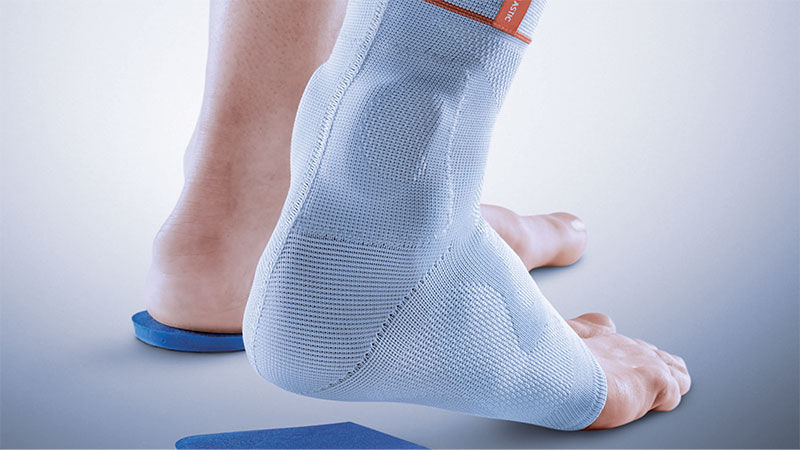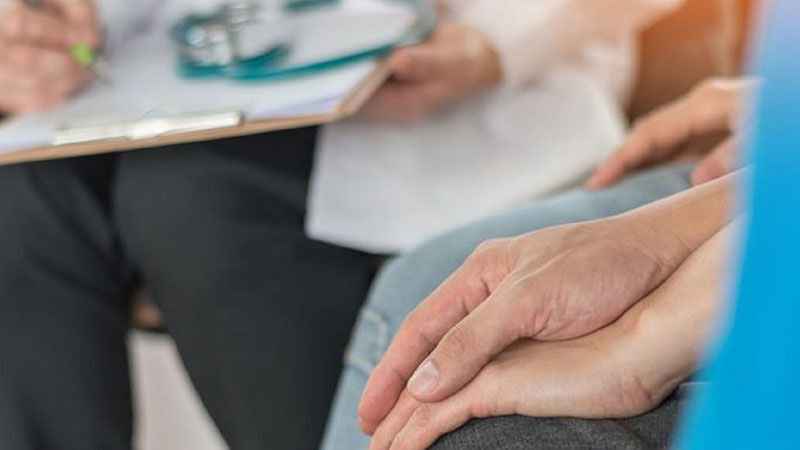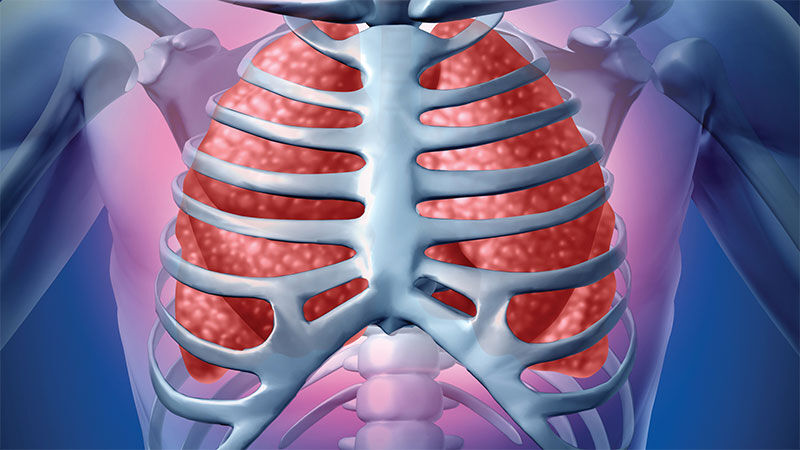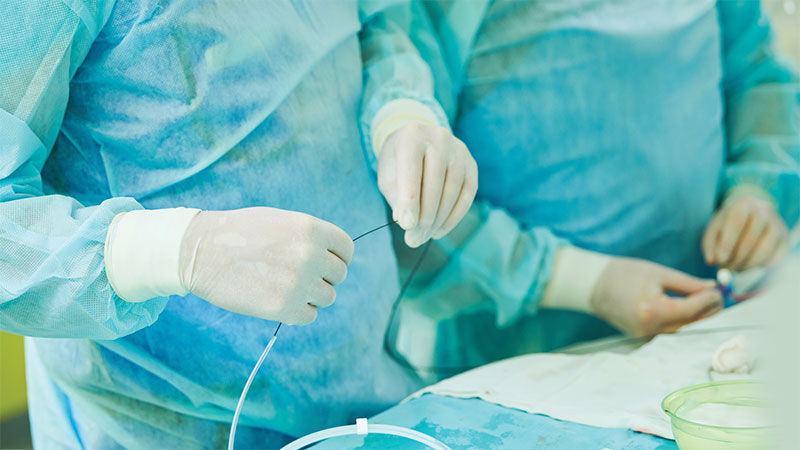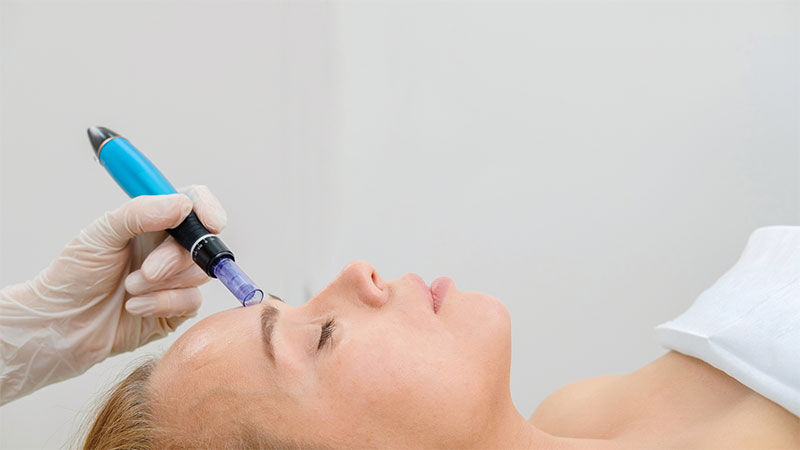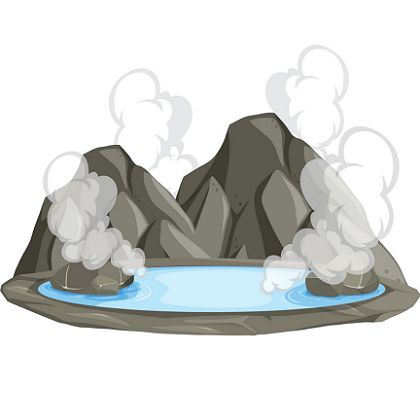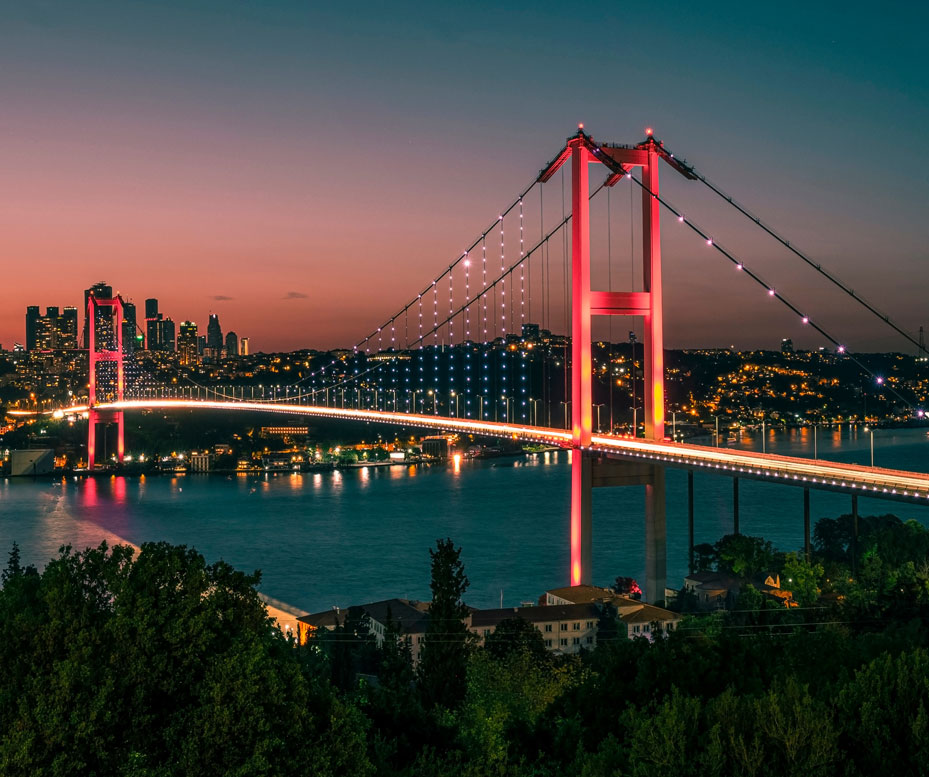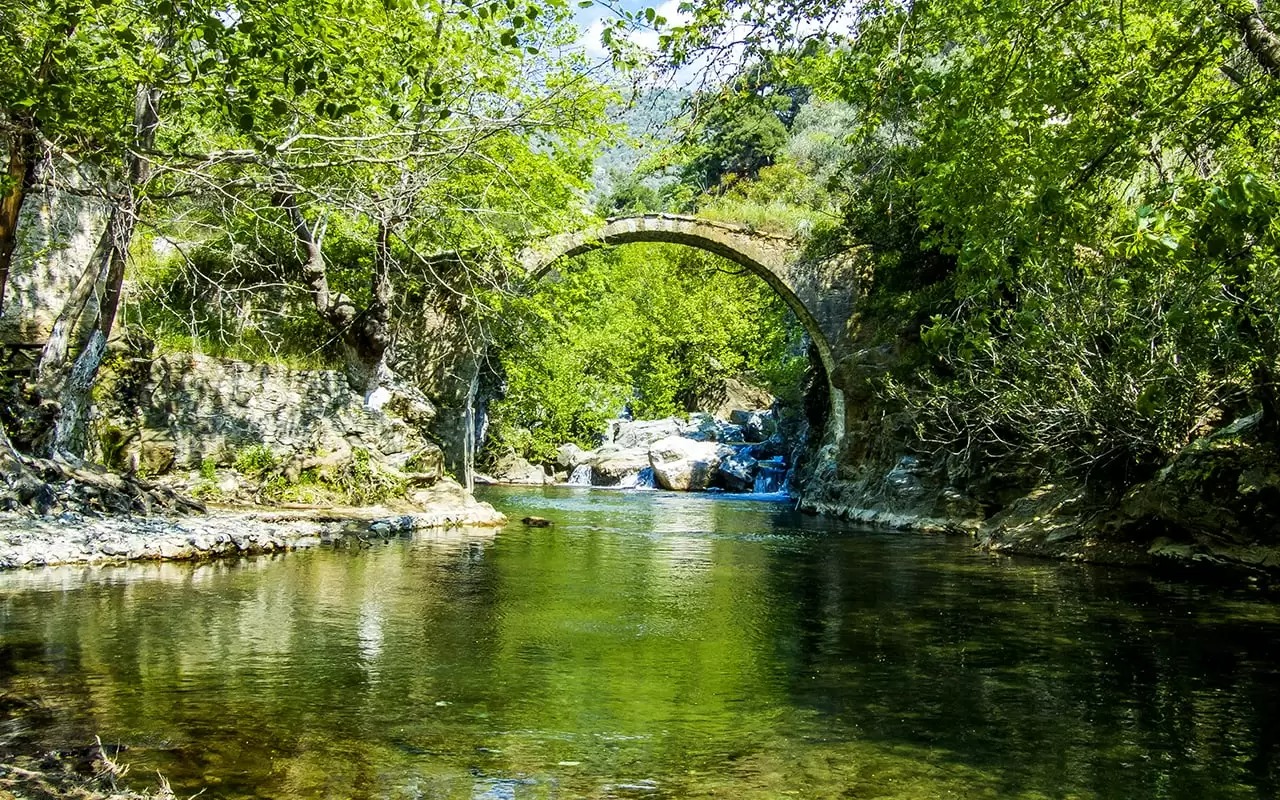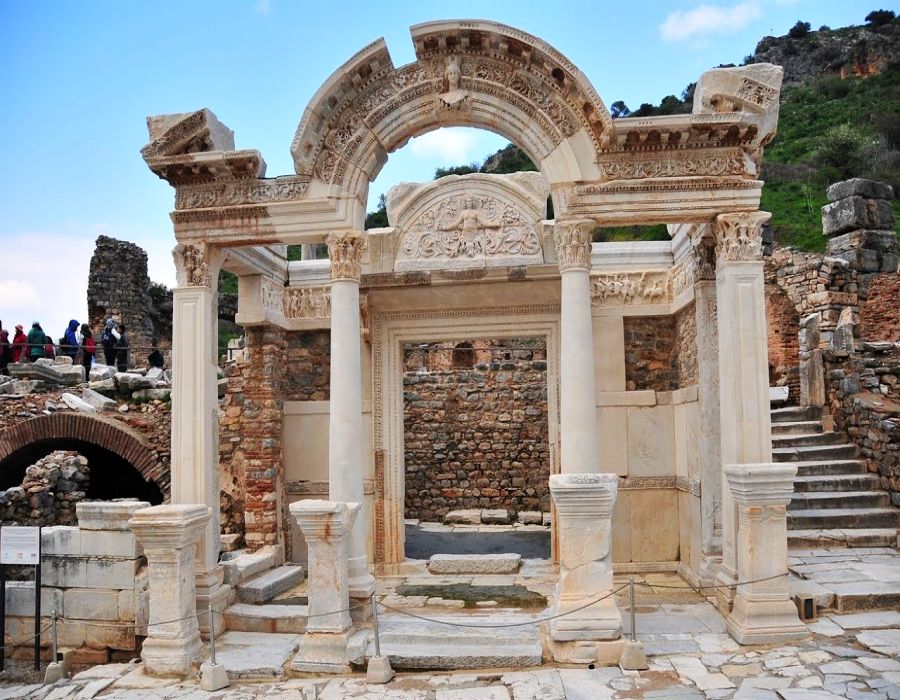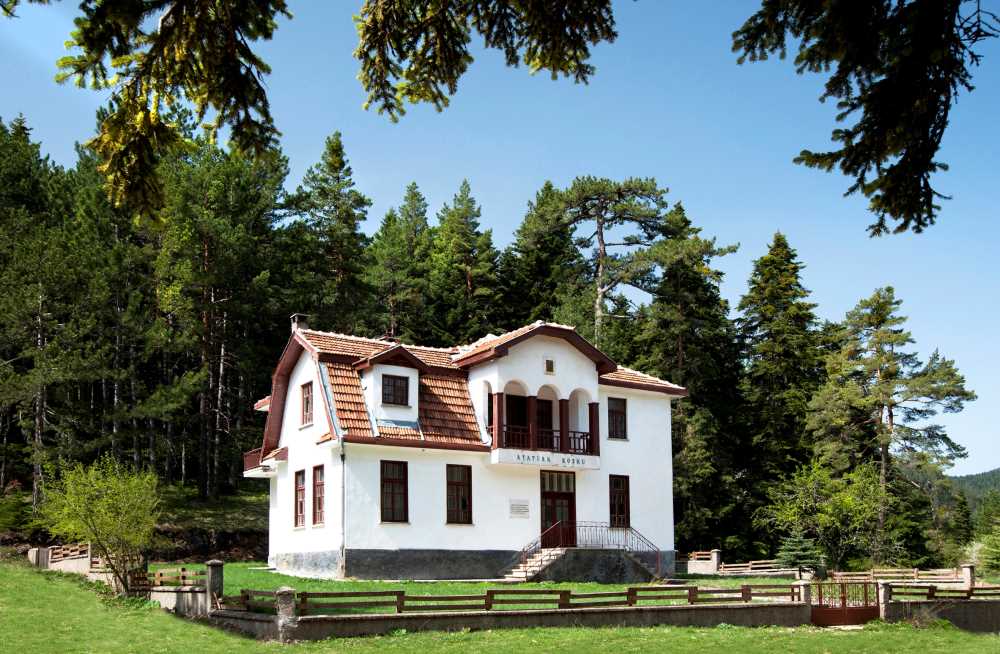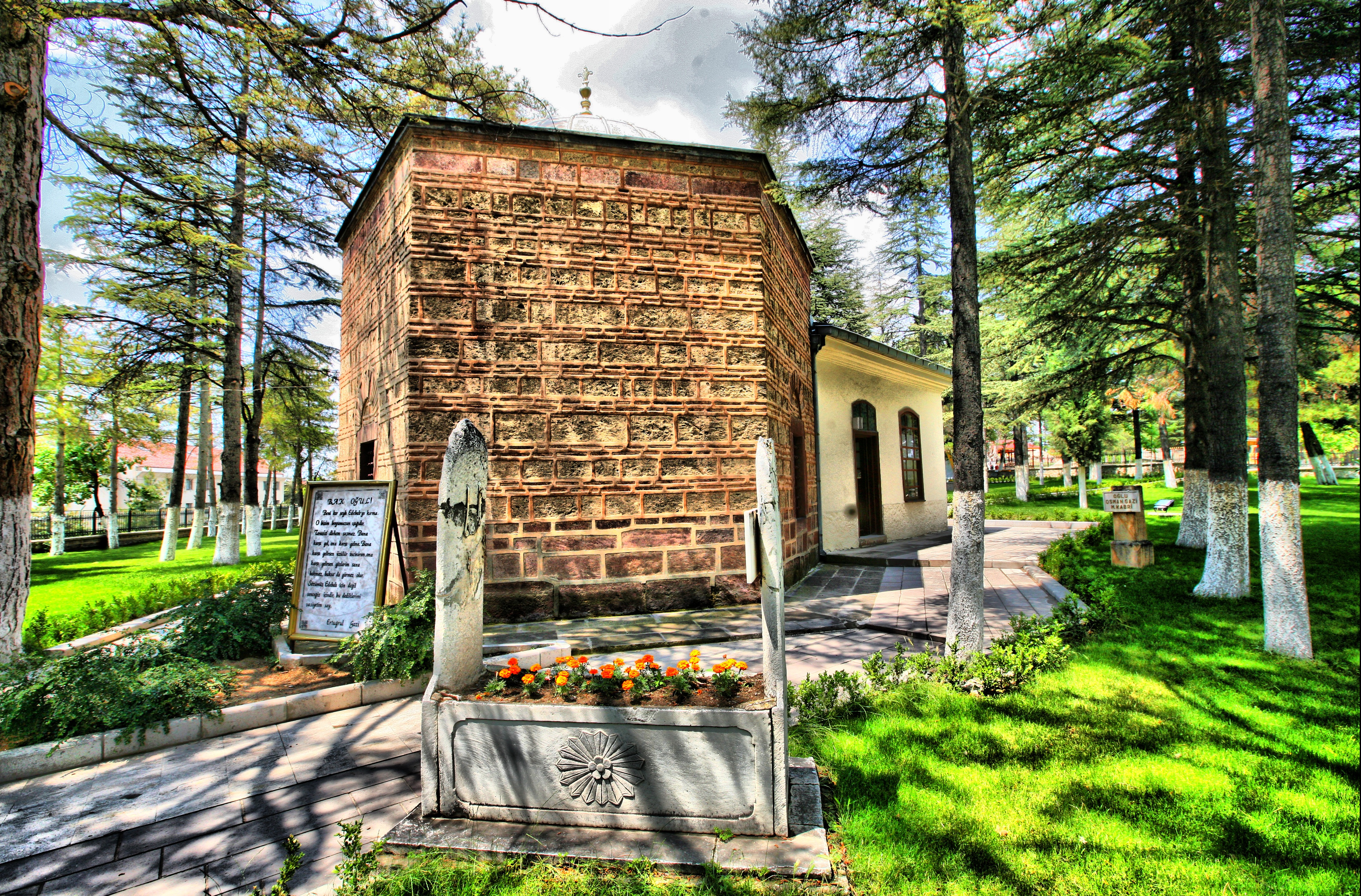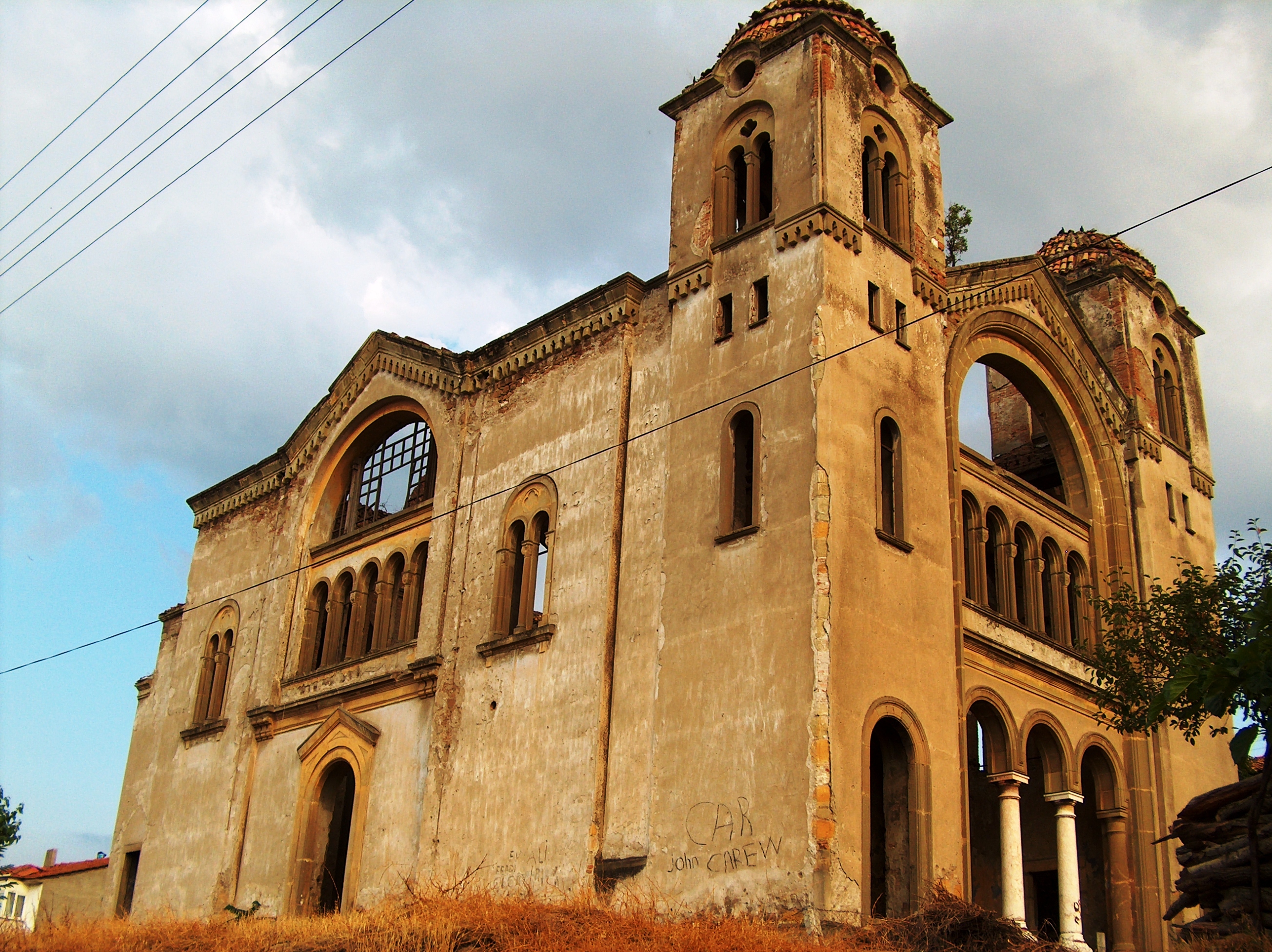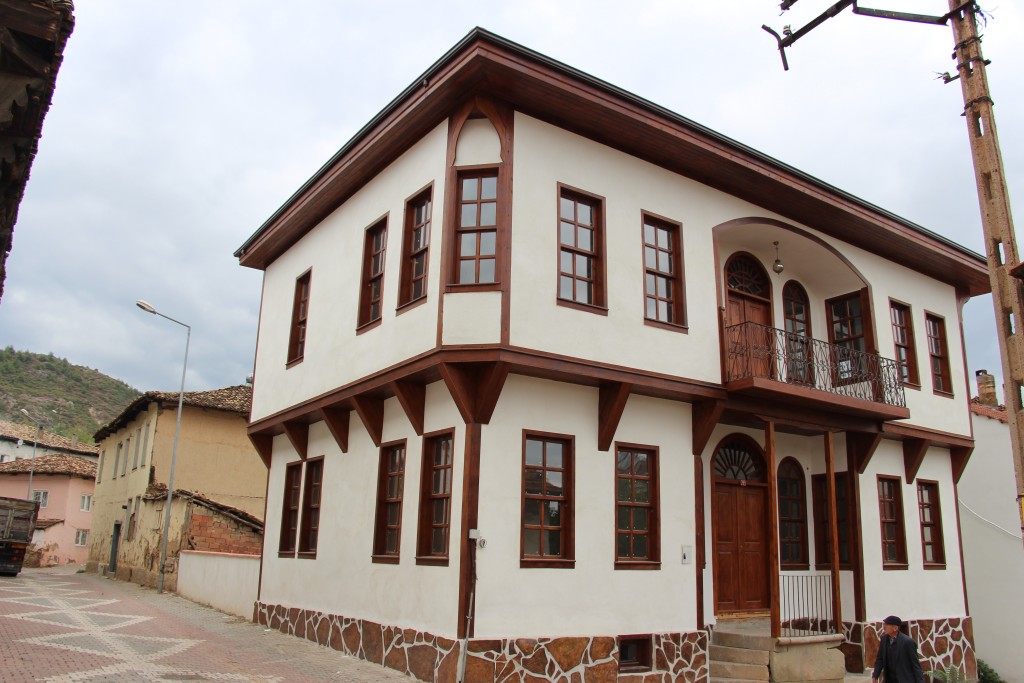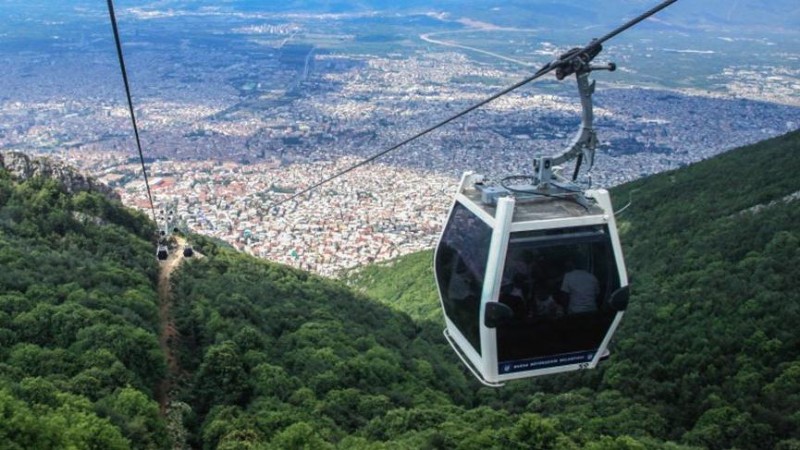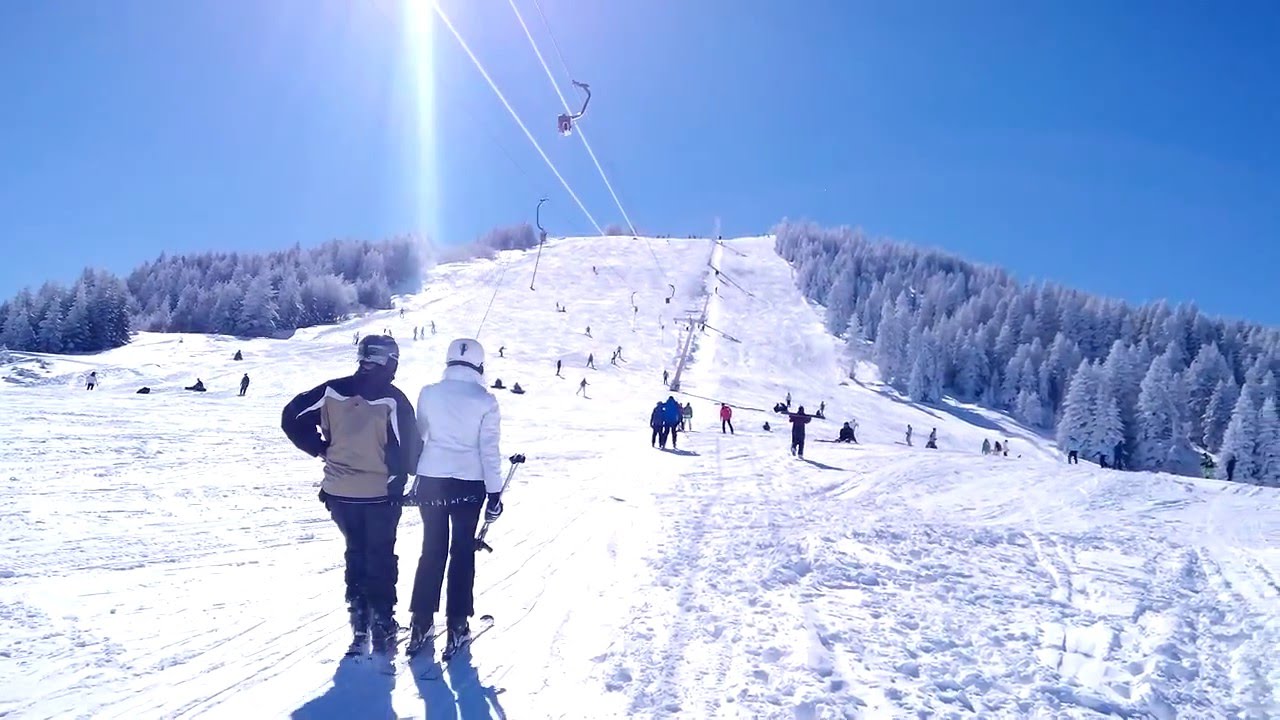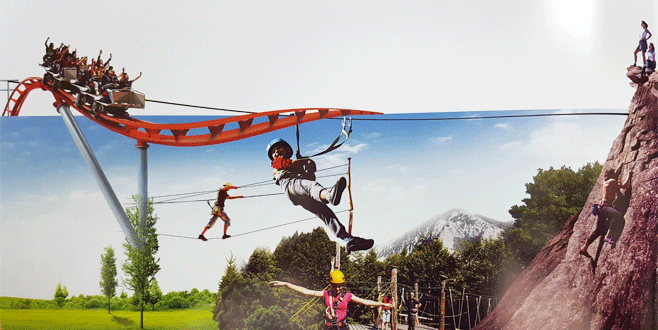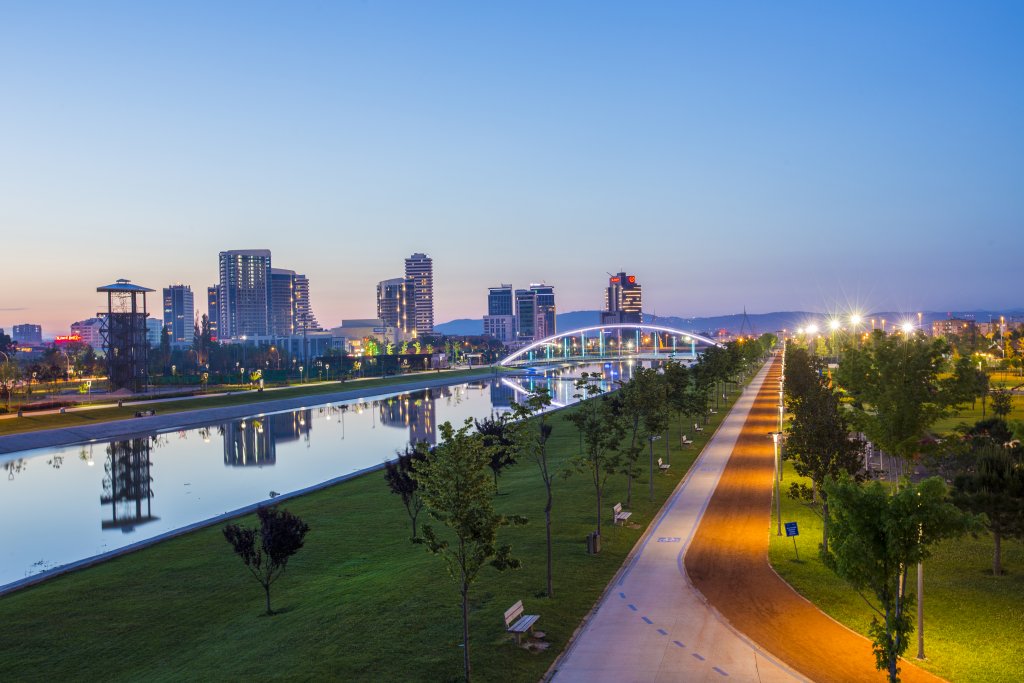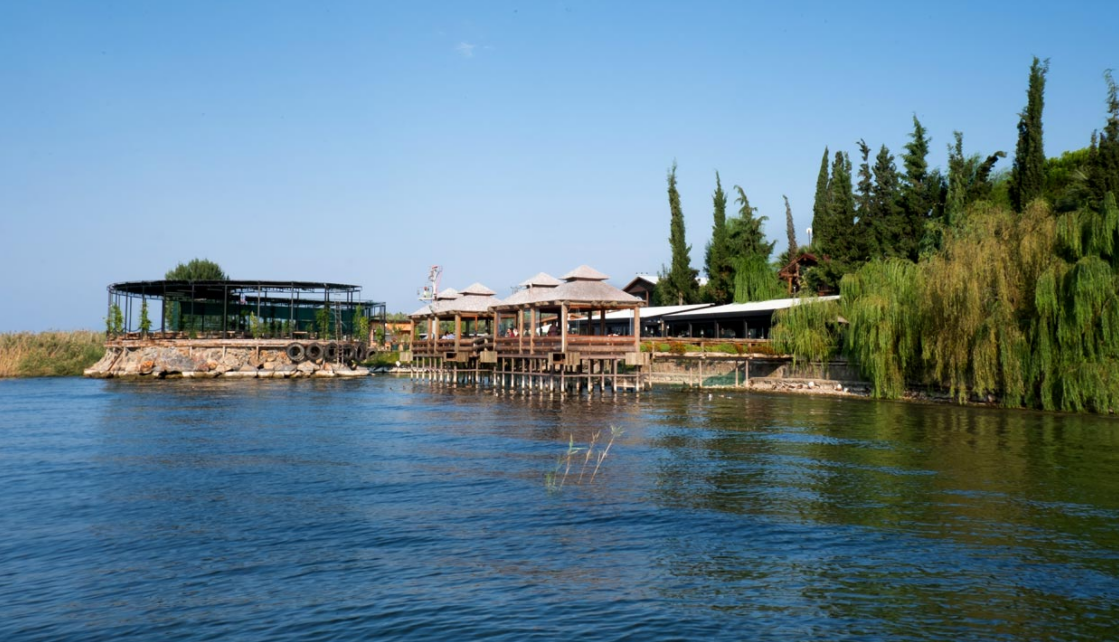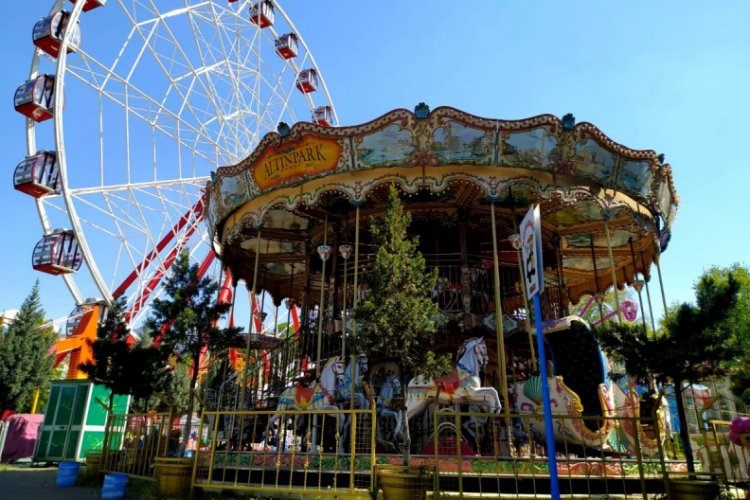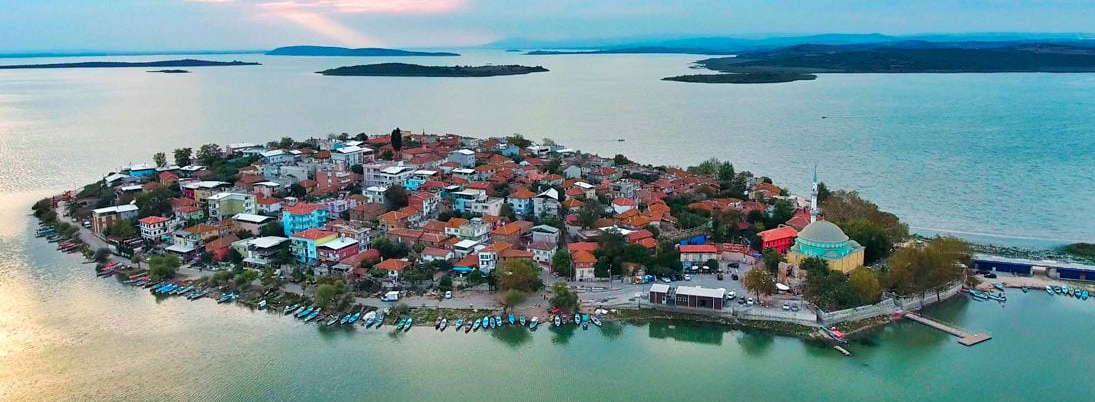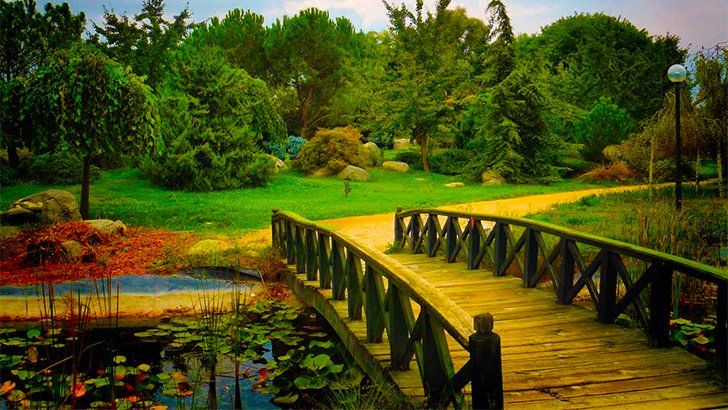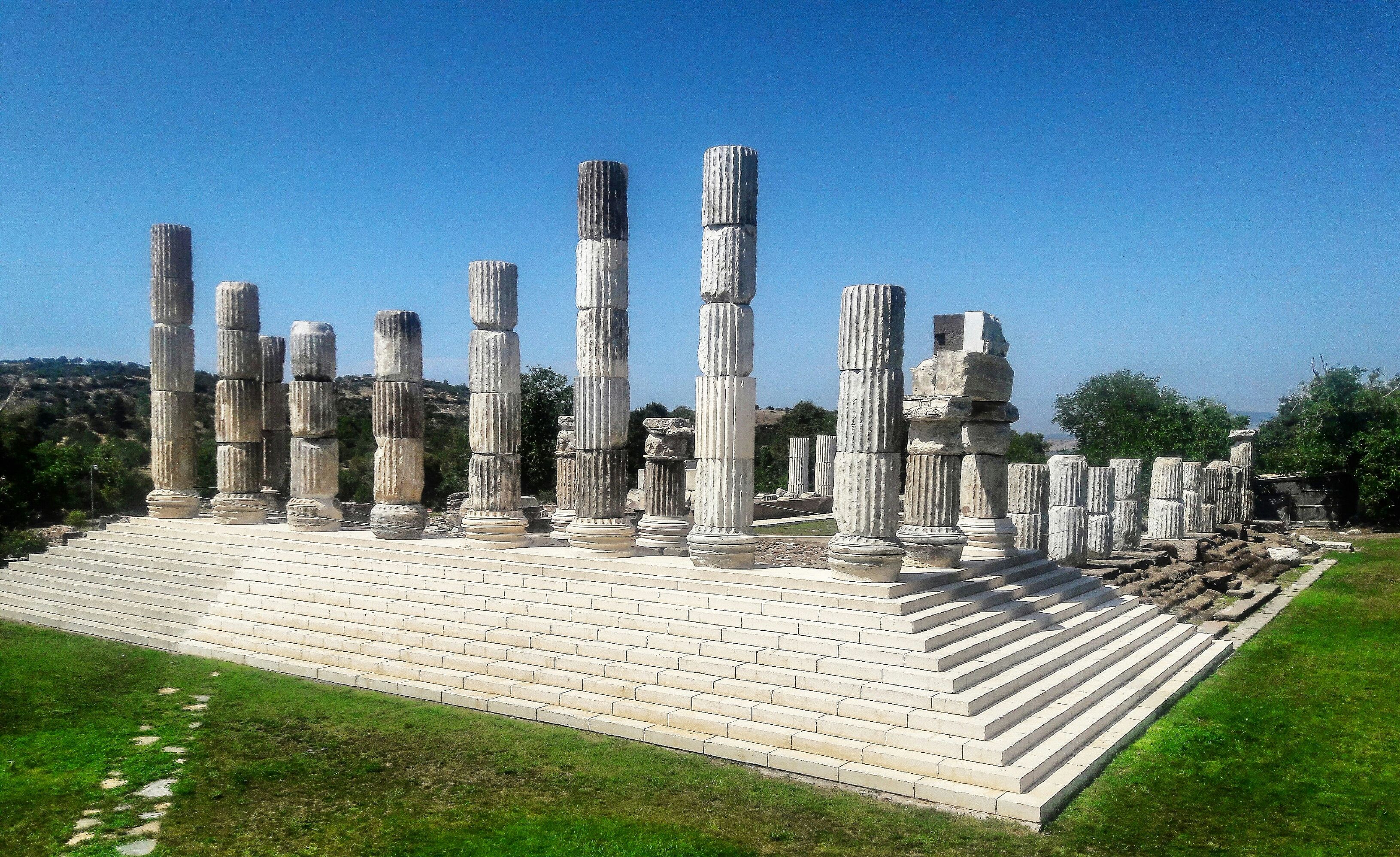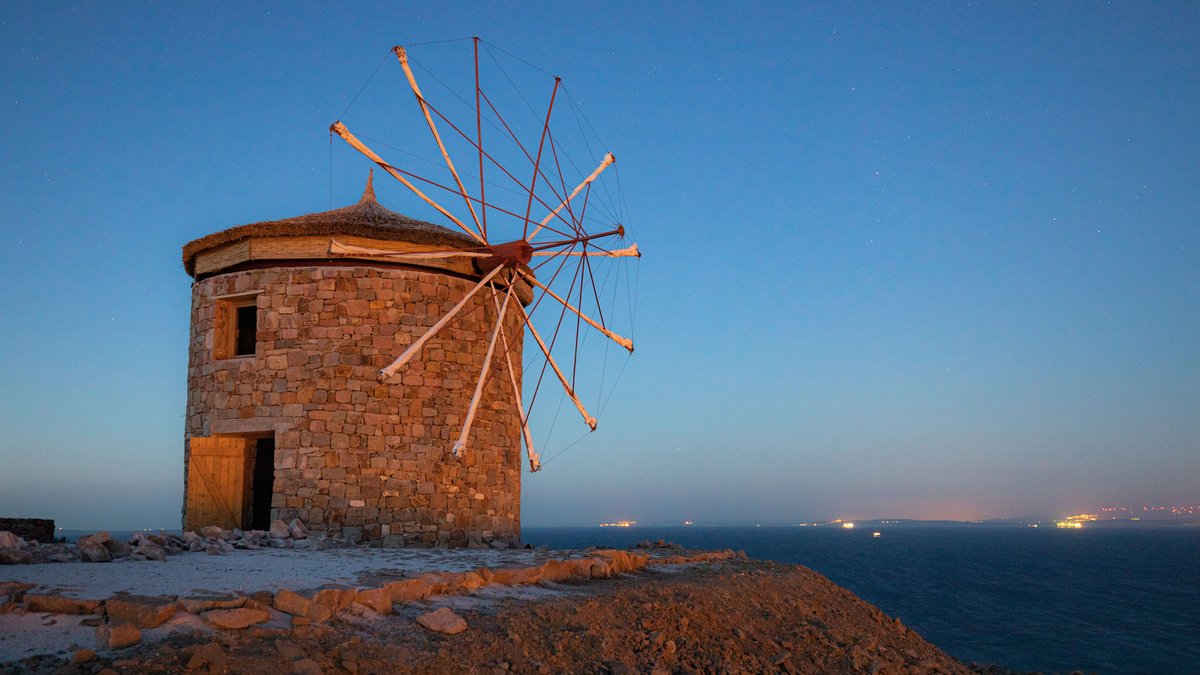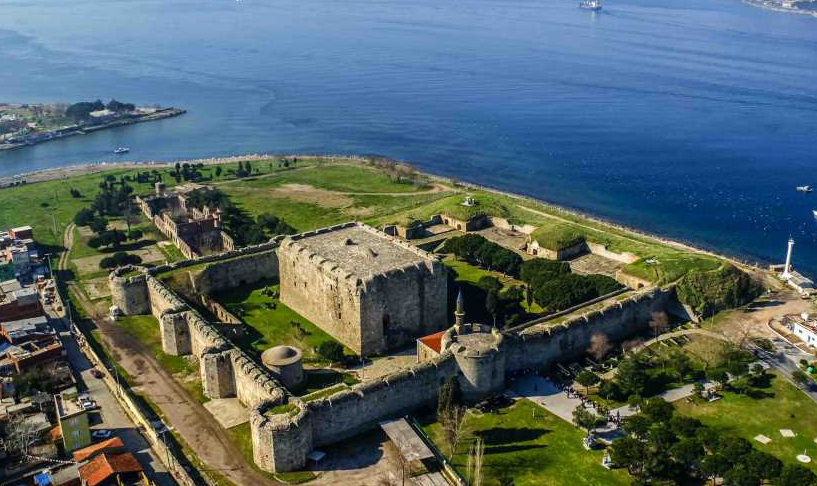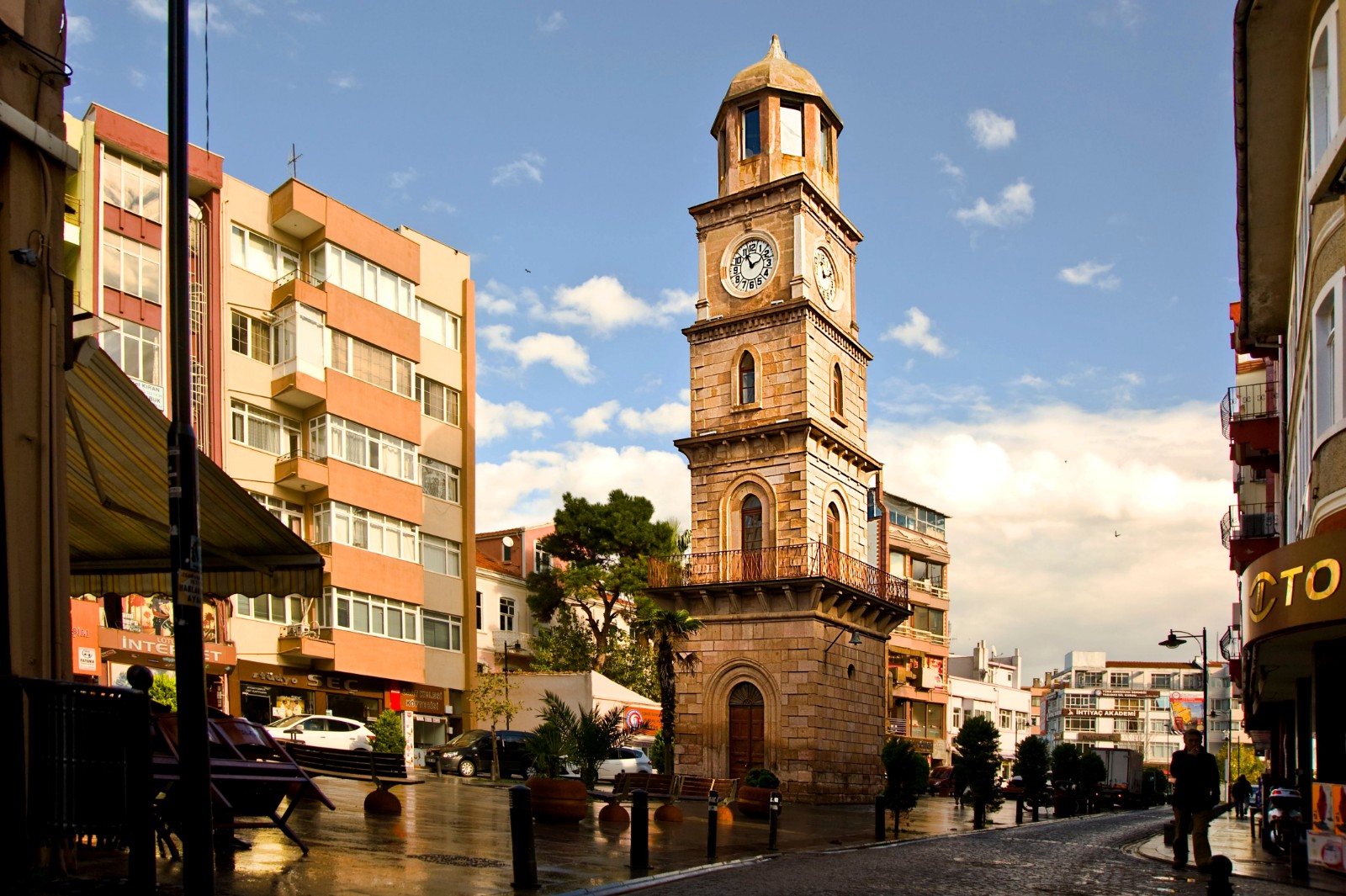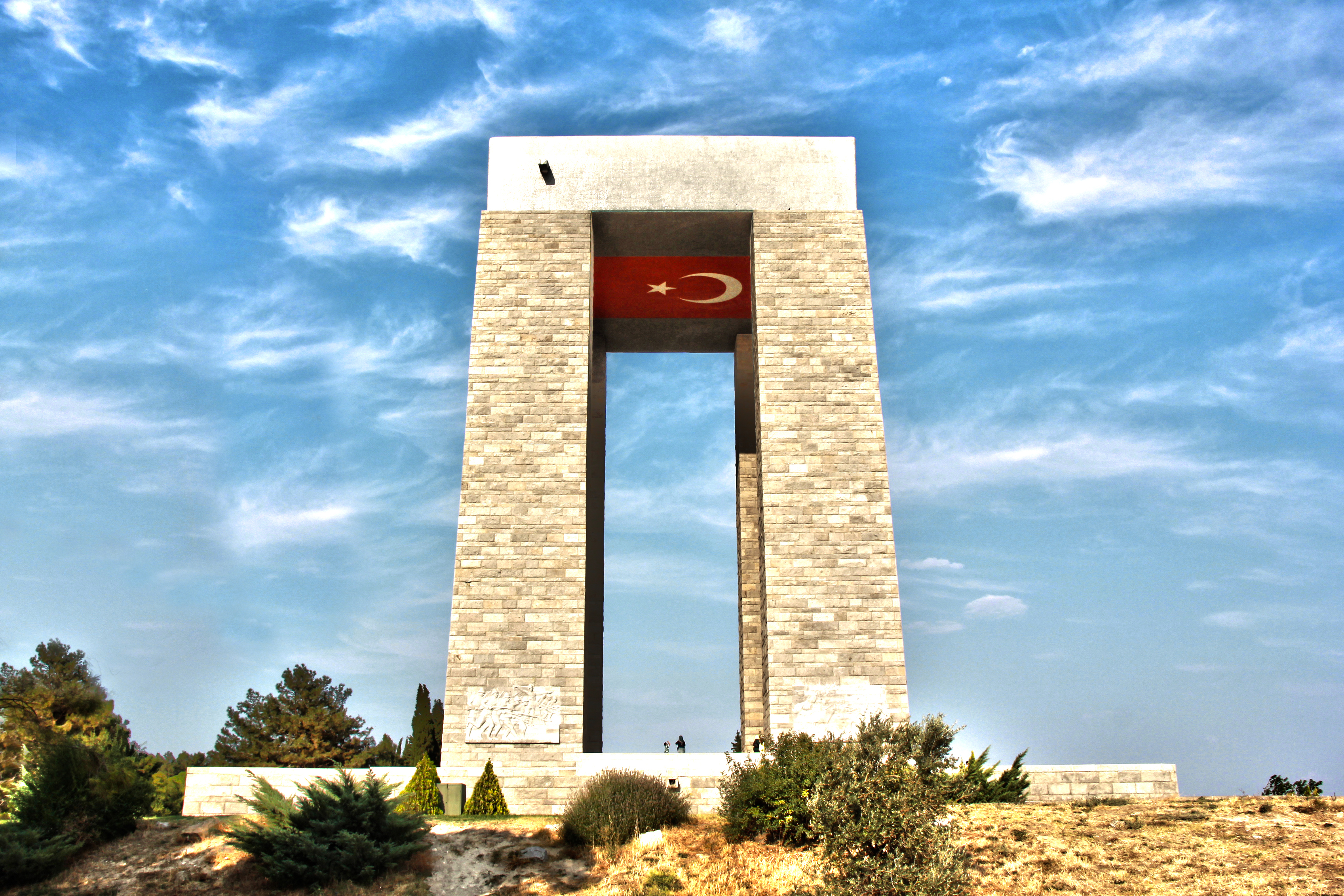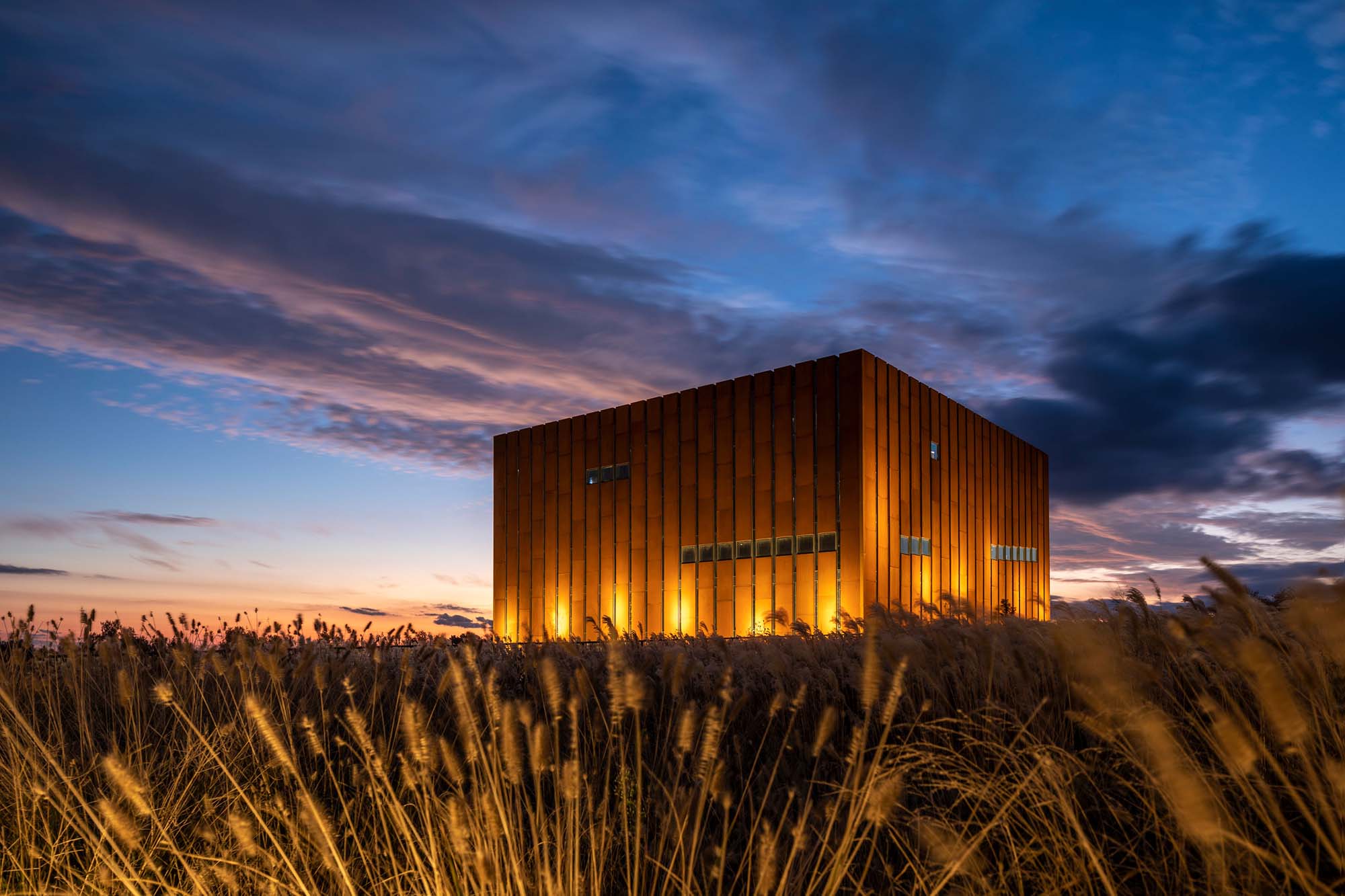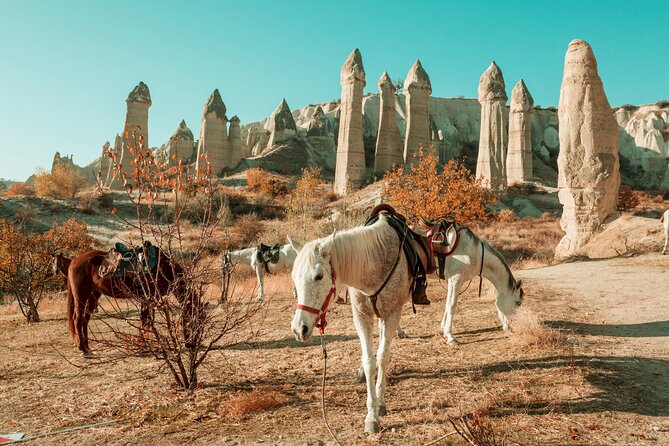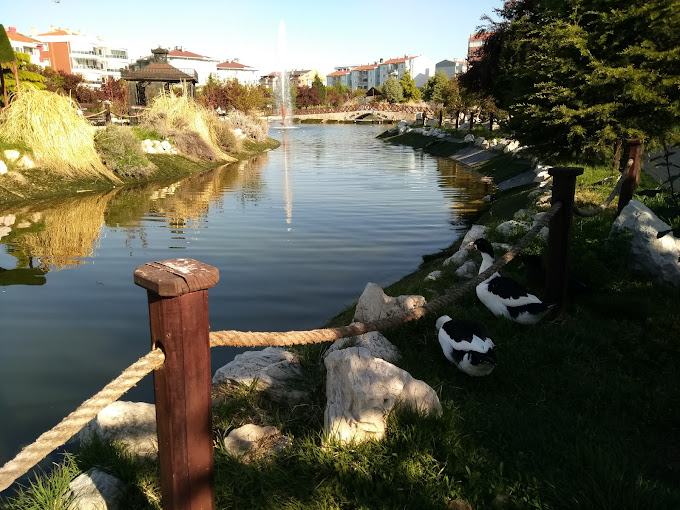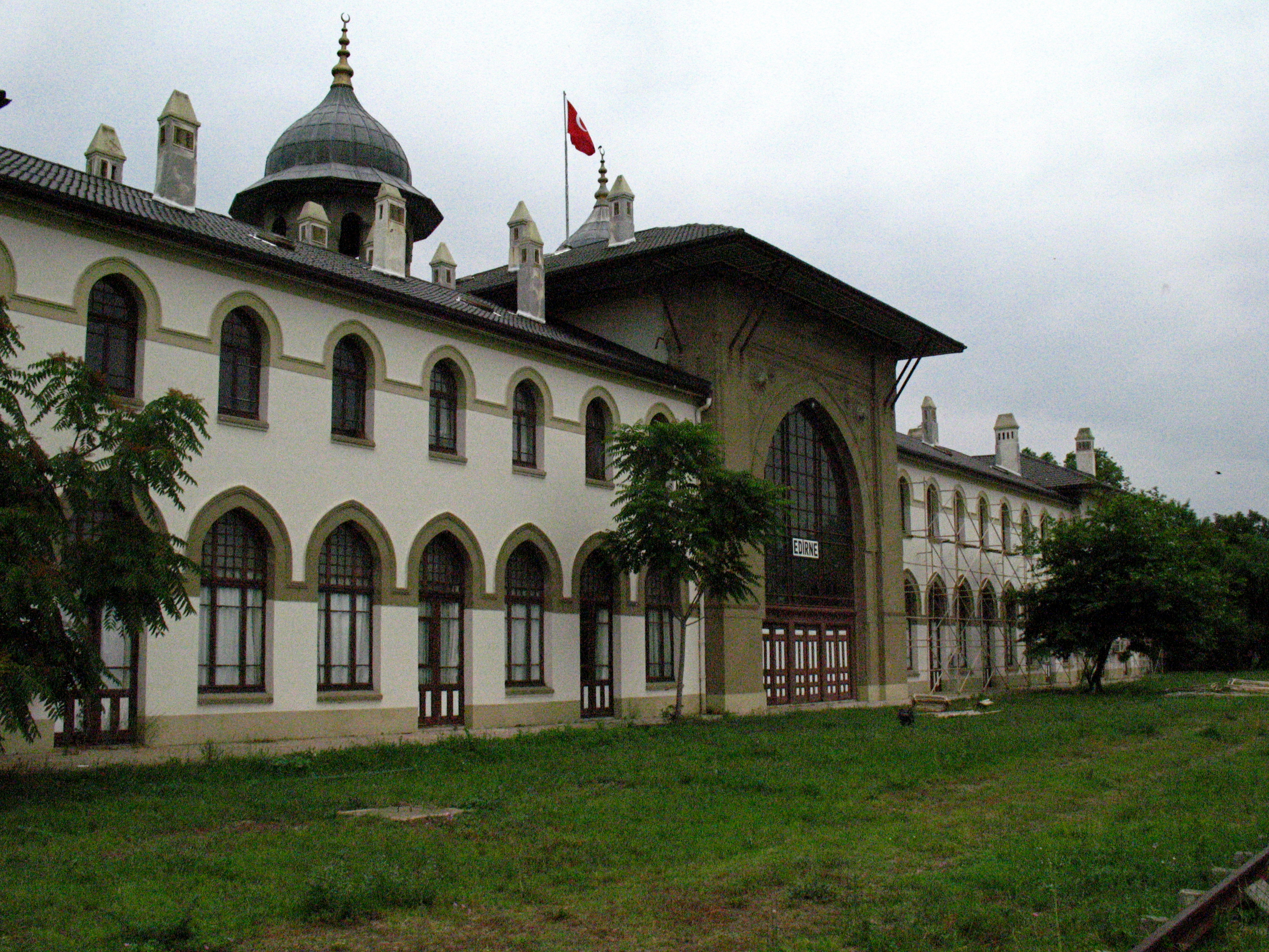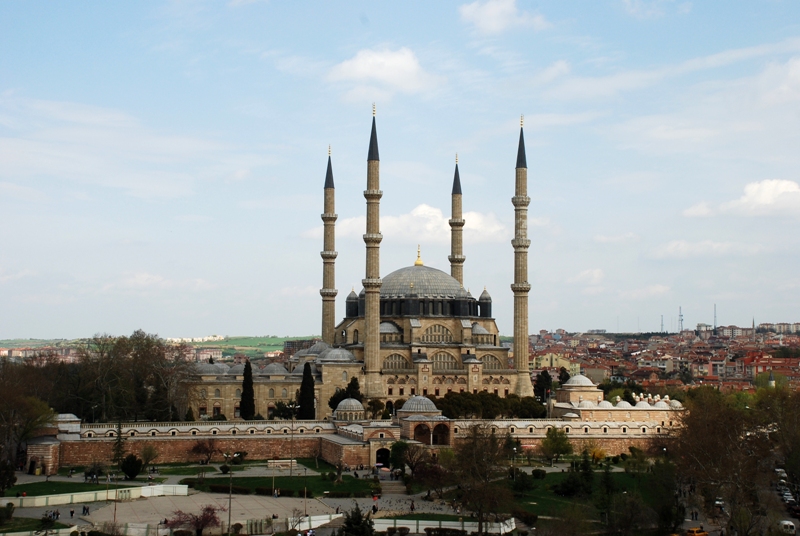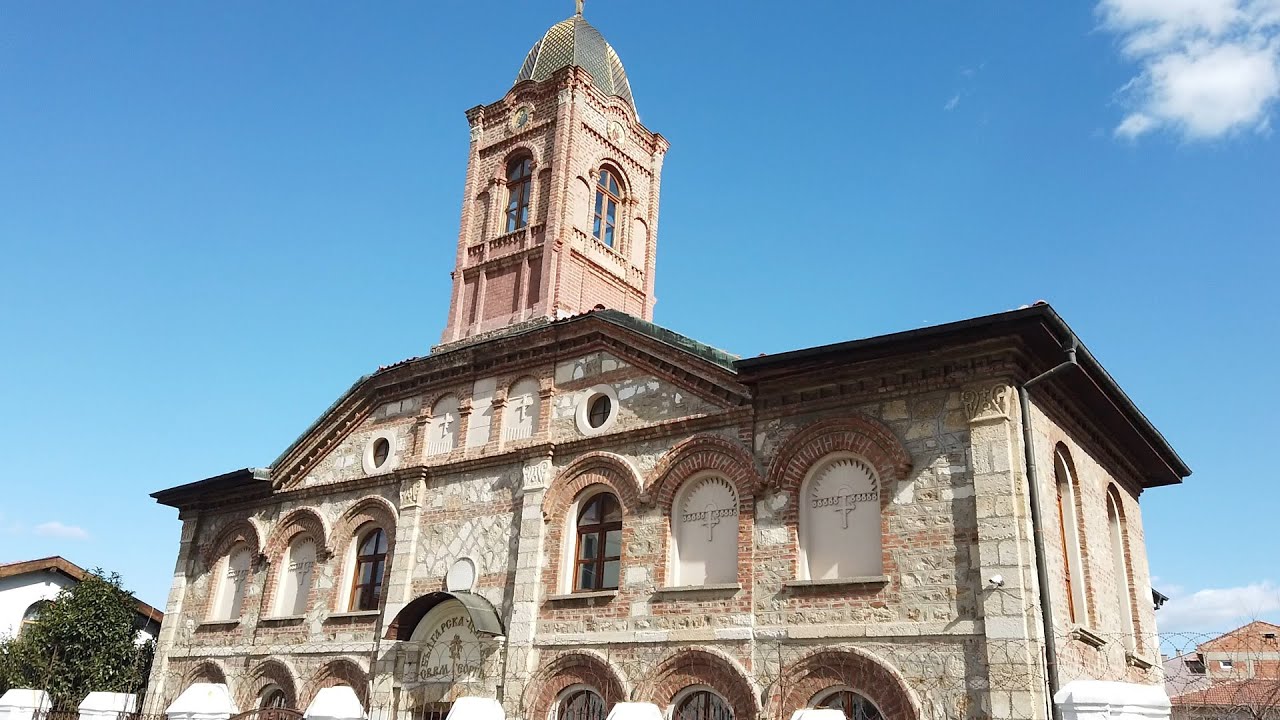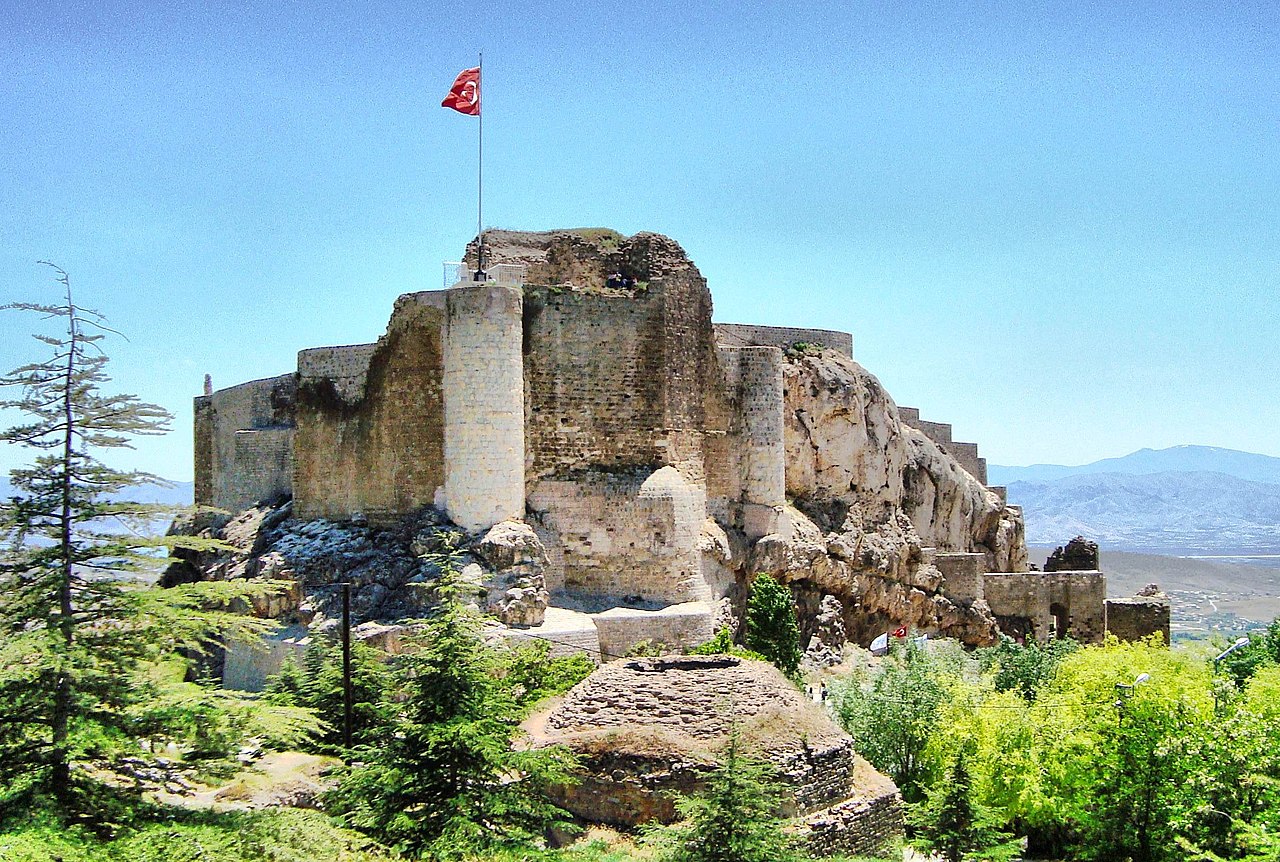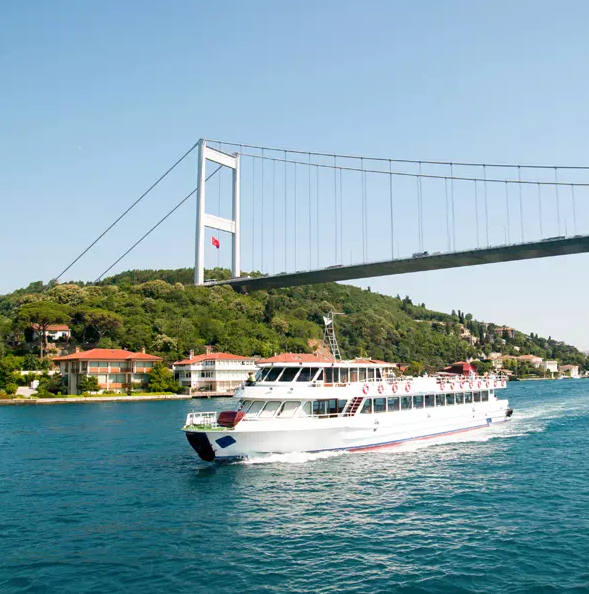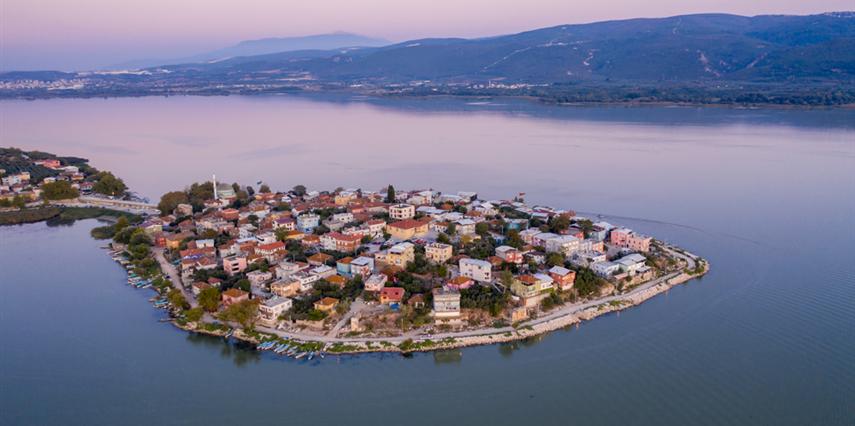II. Bayezit Complex and Health Museu
Trakya University Sultan Bayezid II Complex Health Museum in Edirne has become one of the most interesting museums of our country in recent years. This museum, which has made its name known at home and abroad with the international awards it has received, is the only museum that keeps an Ottoman hospital alive today. With this feature, it sheds light on the importance of Seljuk and Ottoman darüşşifas in the past in our medical history. The fact that the neighborhood was not a sheep pen until 25-30 years ago, but turned into a museum that thousands of people come to see today is an indication that hospitals are still welcomed with great interest and curiosity. The hospital and the adjacent medical school, which is one of the important social complexes of the Ottoman Empire and was built by Sultan Bayezid II in Edirne in 1488, was owned by Trakya University, which is the representative of this mission today, in terms of being an important education and health institution in our history. Upon the initiatives, the General Directorate of Foundations allocated all parts of the complex except the mosque to Trakya University in 1984, allowing steps to be taken that would change the fate of these structures. But the history of the work on the recovery of this important artifact goes back much further. In the 1970s, Edirne Health Director of the time, Dr. Ratip Kazancıgil initiated the attempts to save these important structures of our medical history and these efforts continued for many years.
After completing the necessary restorations, Trakya University used the hospital and the madrasa for a while as a training area for some parts of it. After the approval of the Ministry of Culture, General Directorate of Monuments and Museums, on 23.04.1997, T.Ü. Sultan II. Bayezid Complex Health Museum was opened with a ceremony.
The Istanbul Mental Illness Readaptation Association also gave great support to these studies and made a unique contribution to this museum by recreating the inpatient treatment section of the hospital with mannequins in accordance with the original. In the 11th year of the museum's opening, the madrasah section was opened to visitors on 23.04.2008 with the contributions of Rotary International 2420. District Governor's Office, and the museum gained a new section. The Medicine Madrasa carried the Health Museum to a more important point. With this study, the medical madrasa and the classroom environment of the 15th century were animated with mannequins and the unknown aspects of the medical education of the period were emphasized. In this section, visitors are taken on a journey through time in the history of medical education. Established as the Health Museum and animated with features unique to its period, this museum won the Council of Europe European Museum Award, which has been given since 1977 and is considered one of the most prestigious museum awards in the world, and has achieved the success of being one of the two museums in our country to receive this award. has done. The Health Museum, which has proven the details of the hospital practice in the Ottoman Empire with its story, design, use and operation, continues this success with the awards it has received in the international arena. In our country, many Seljuk and Ottoman hospitals have somehow survived to the present day; However, the only hospital that has been transformed into a museum that carries the past to the present day in accordance with its originality and exhibits it all over the world and has managed to win important international awards with it, is Sultan II in Edirne. Bayezid Hospital. At this point, Trakya University Sultan II. Bayezid Complex Health Museum has taken its place in the history of both culture and medicine as a very important example of success.





